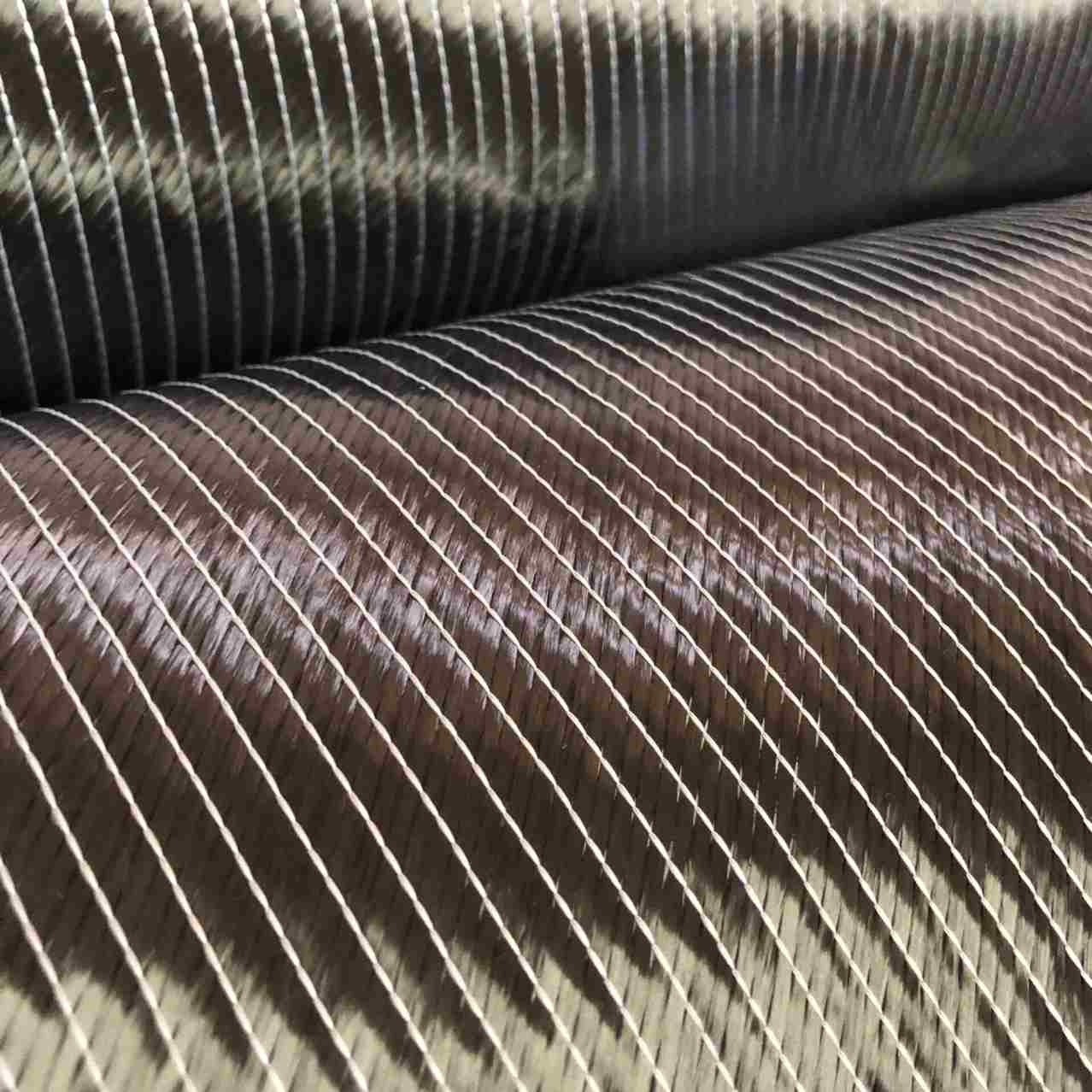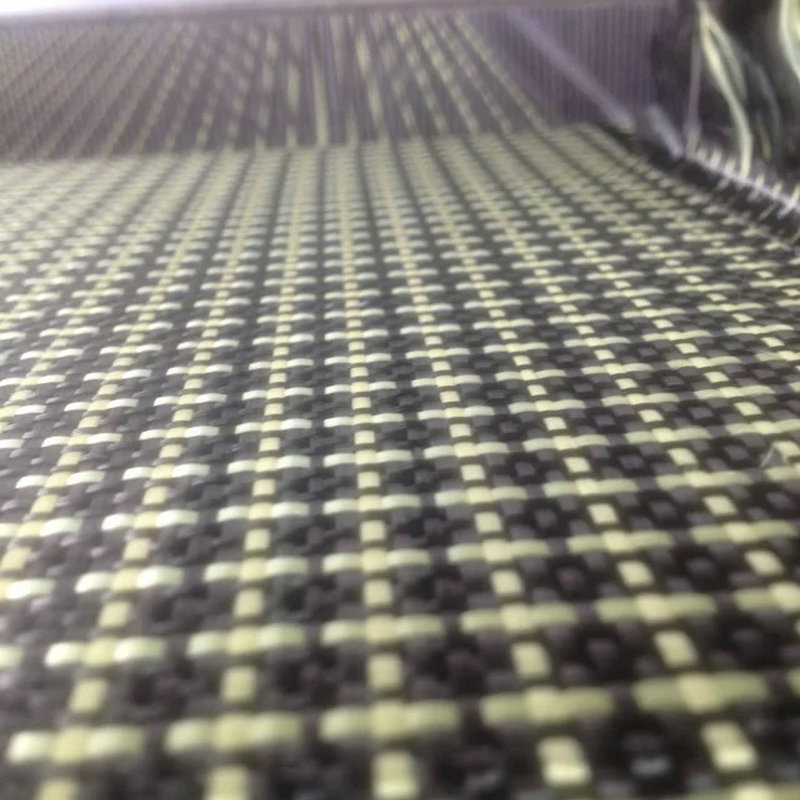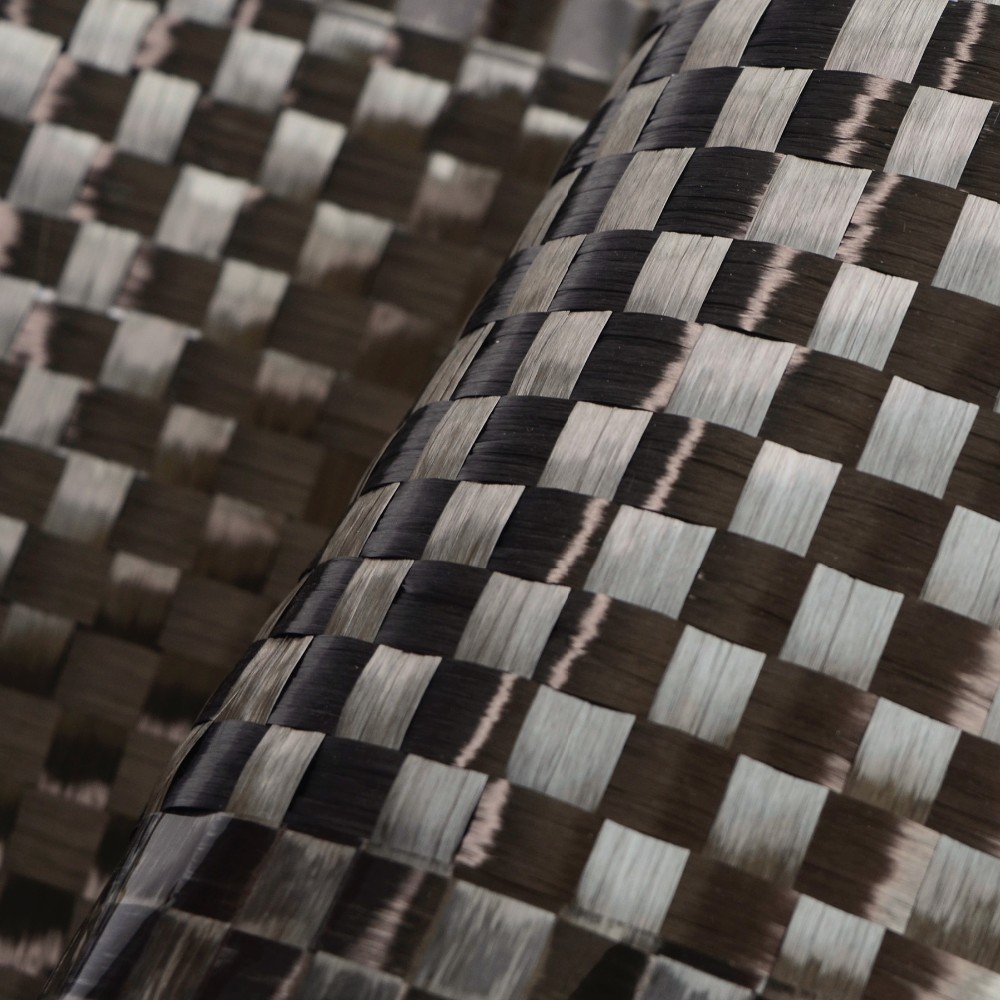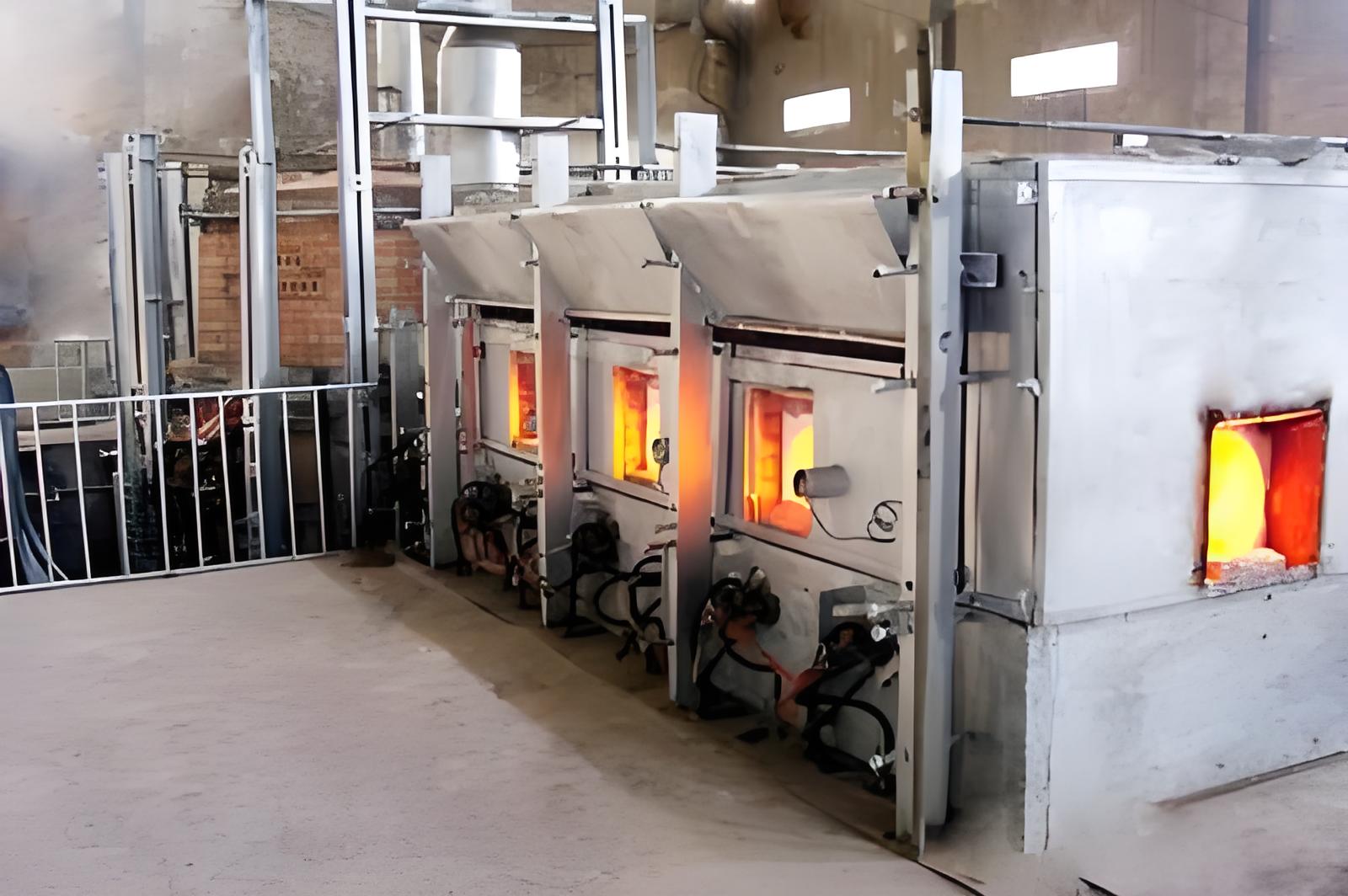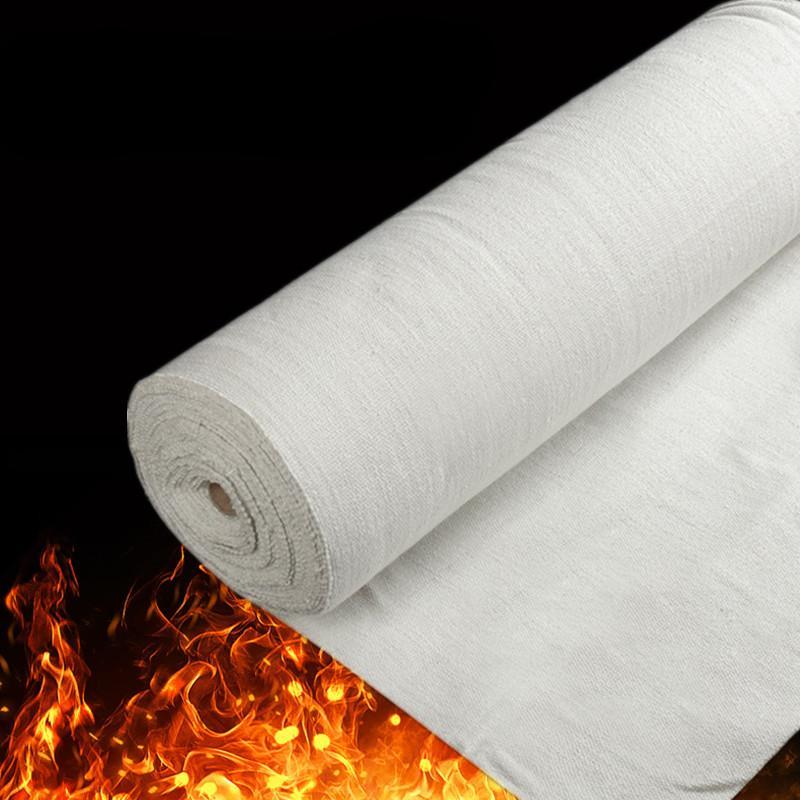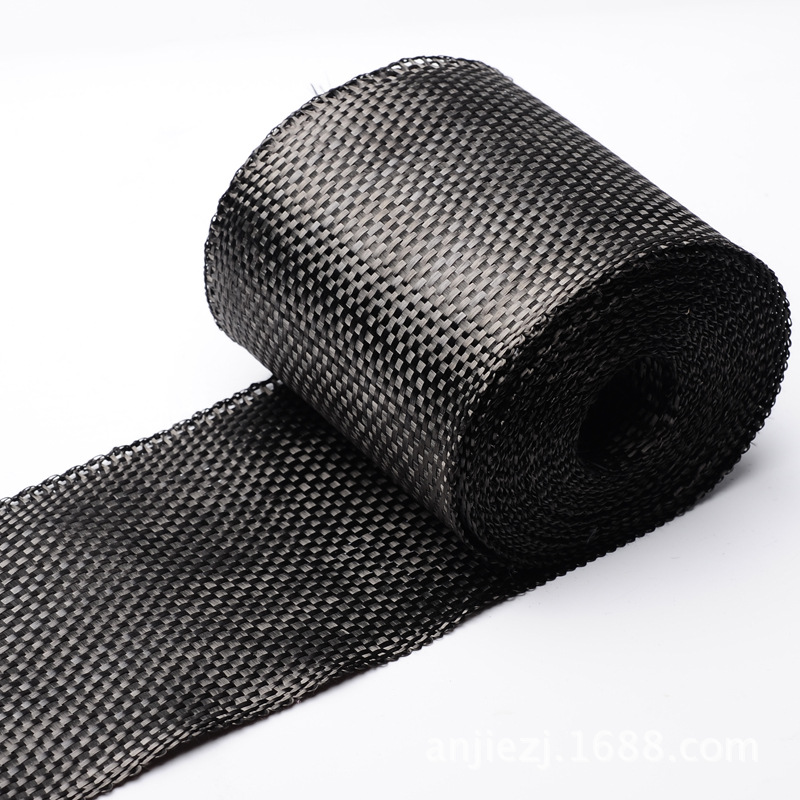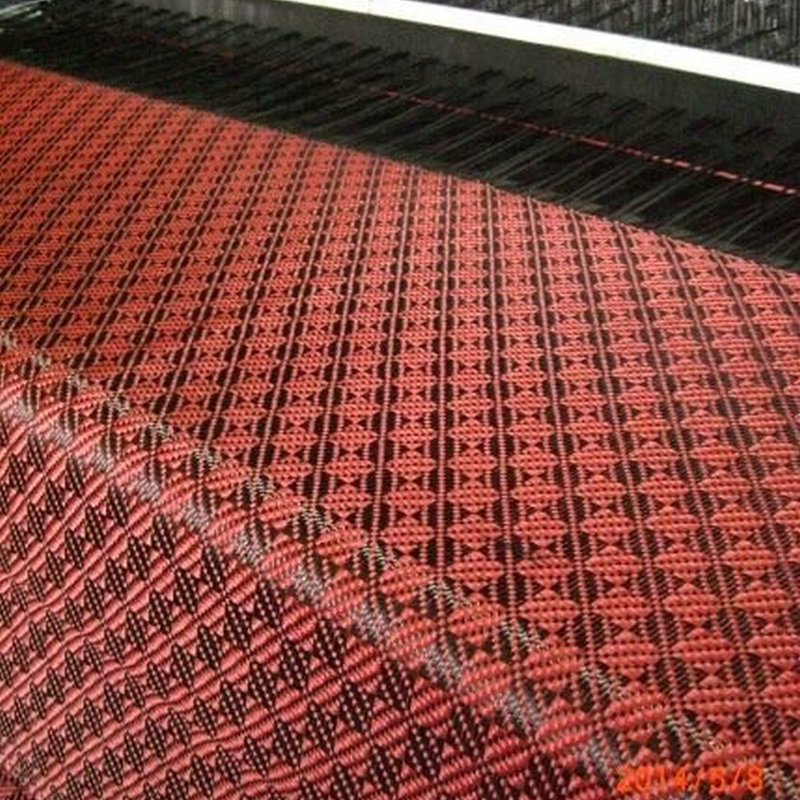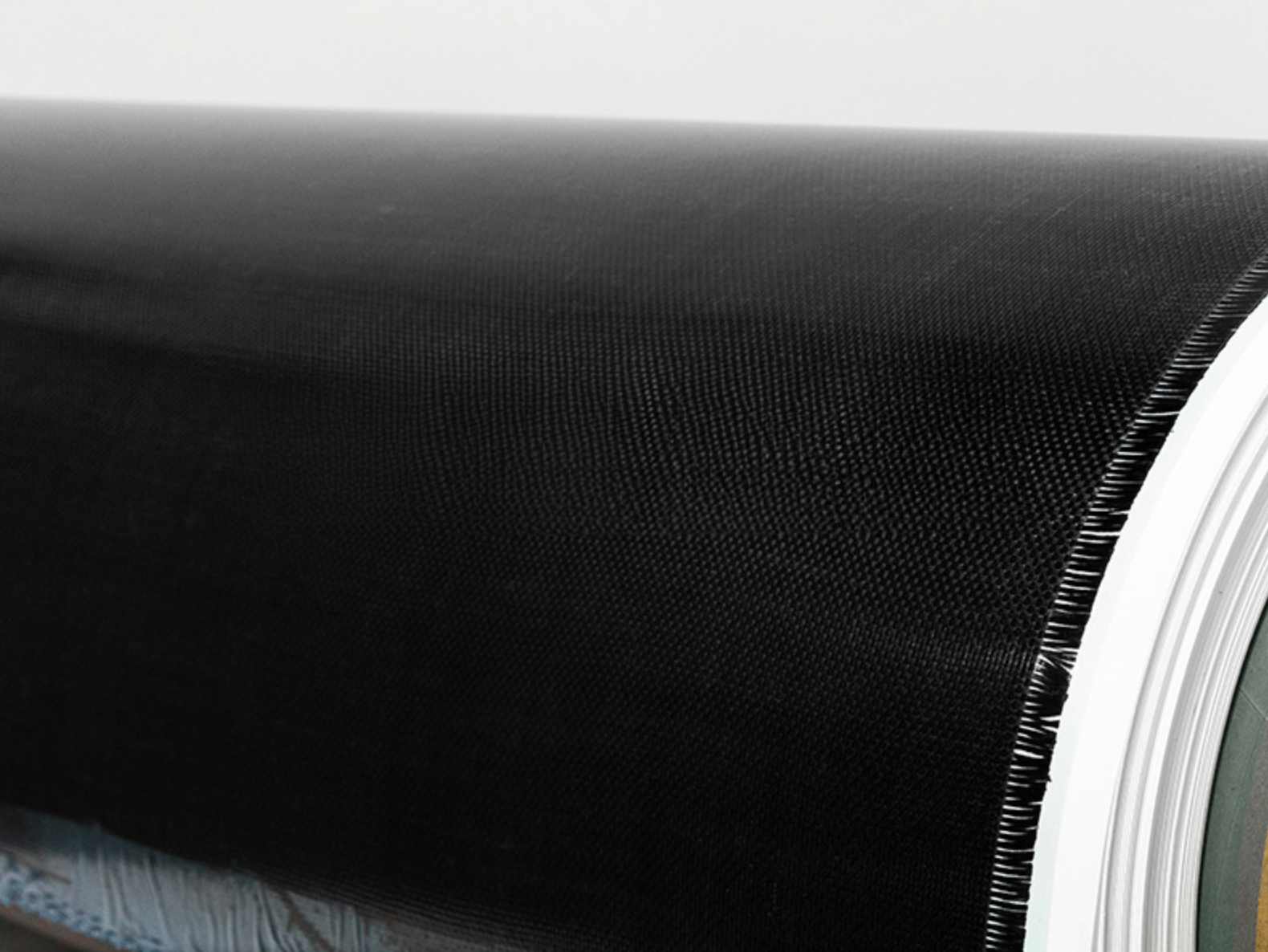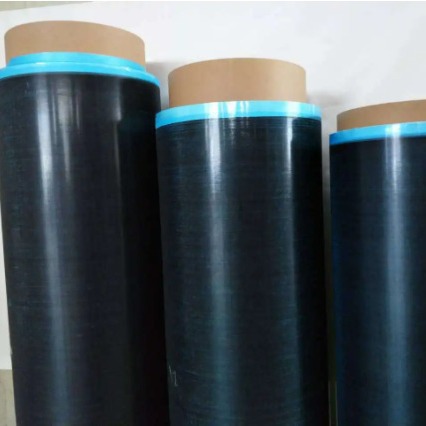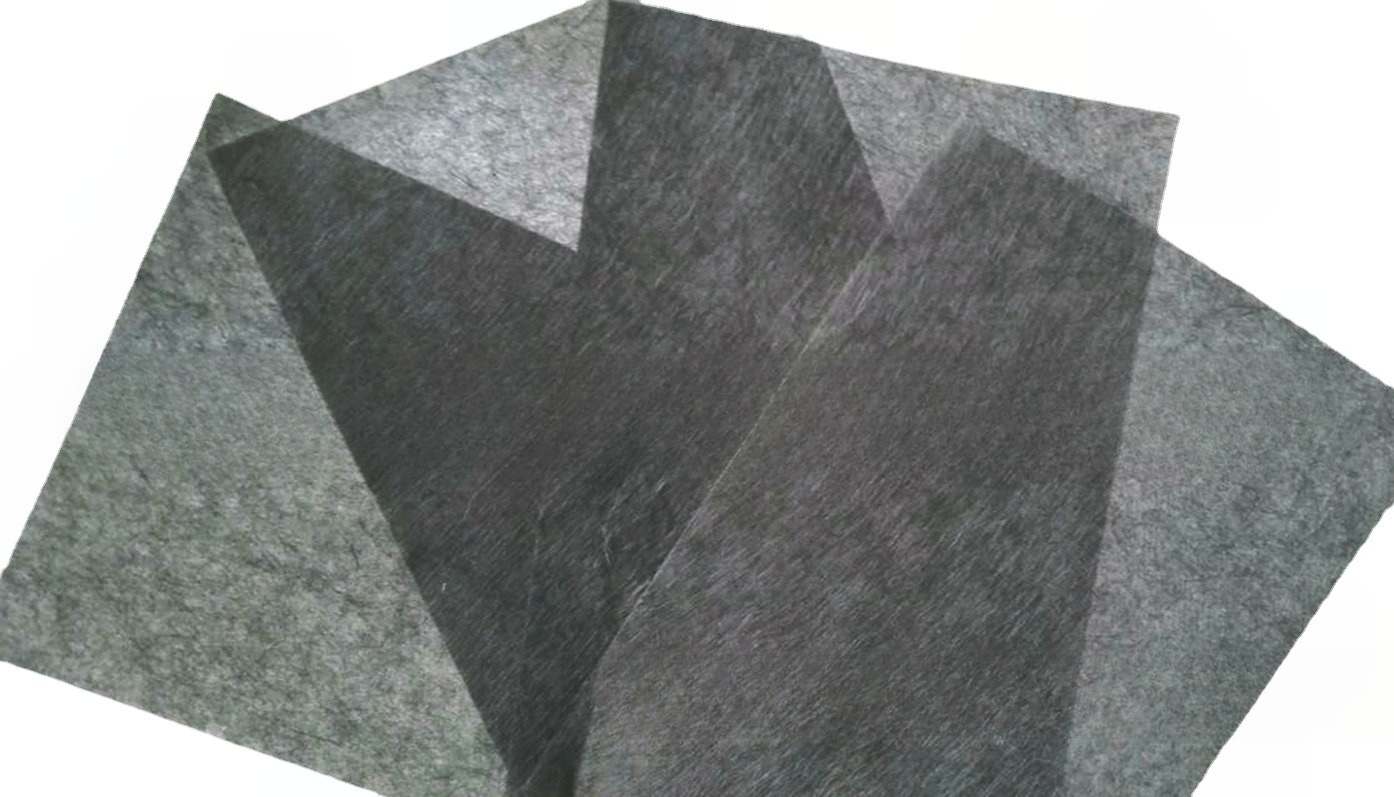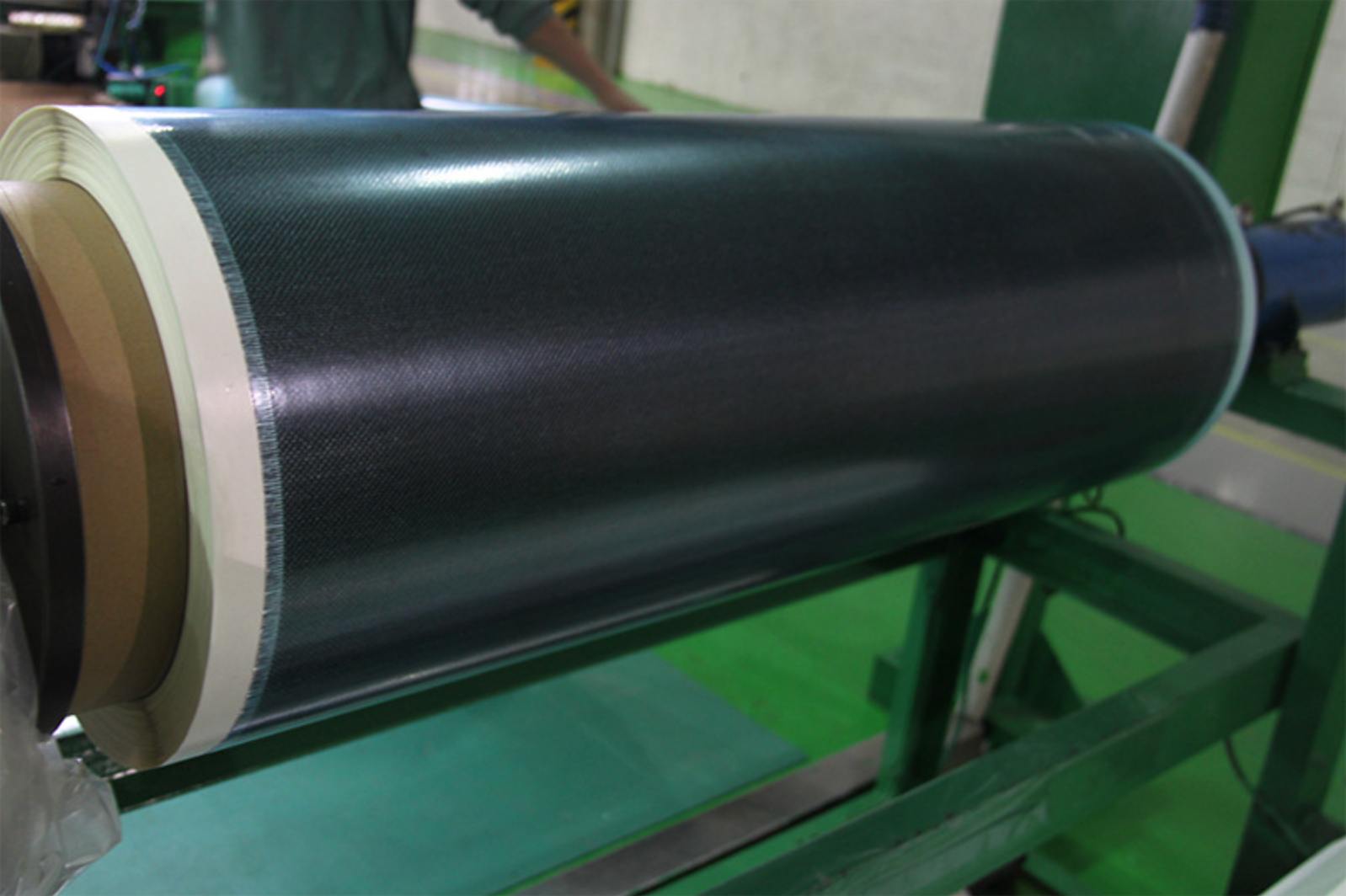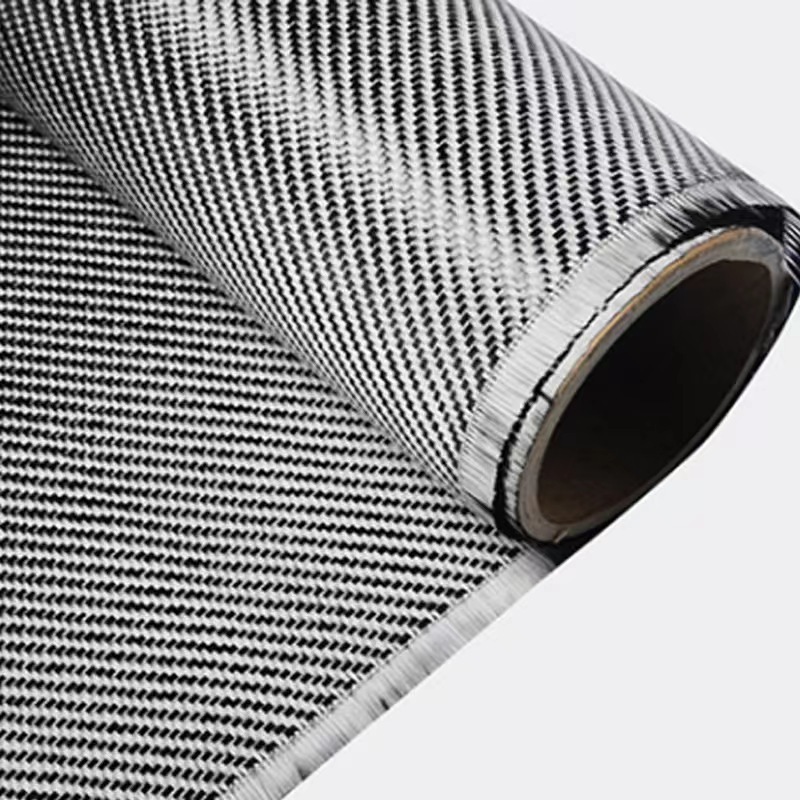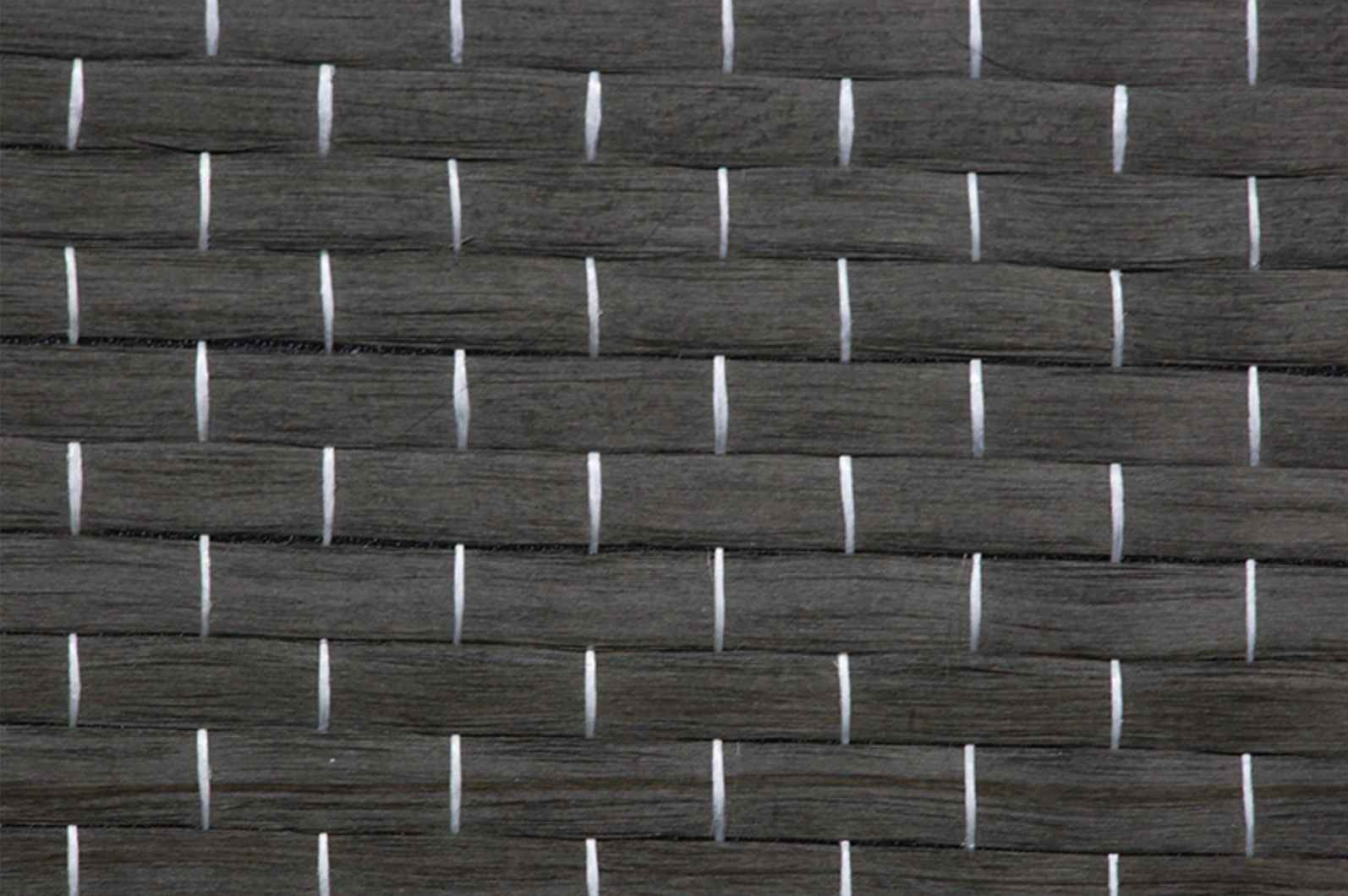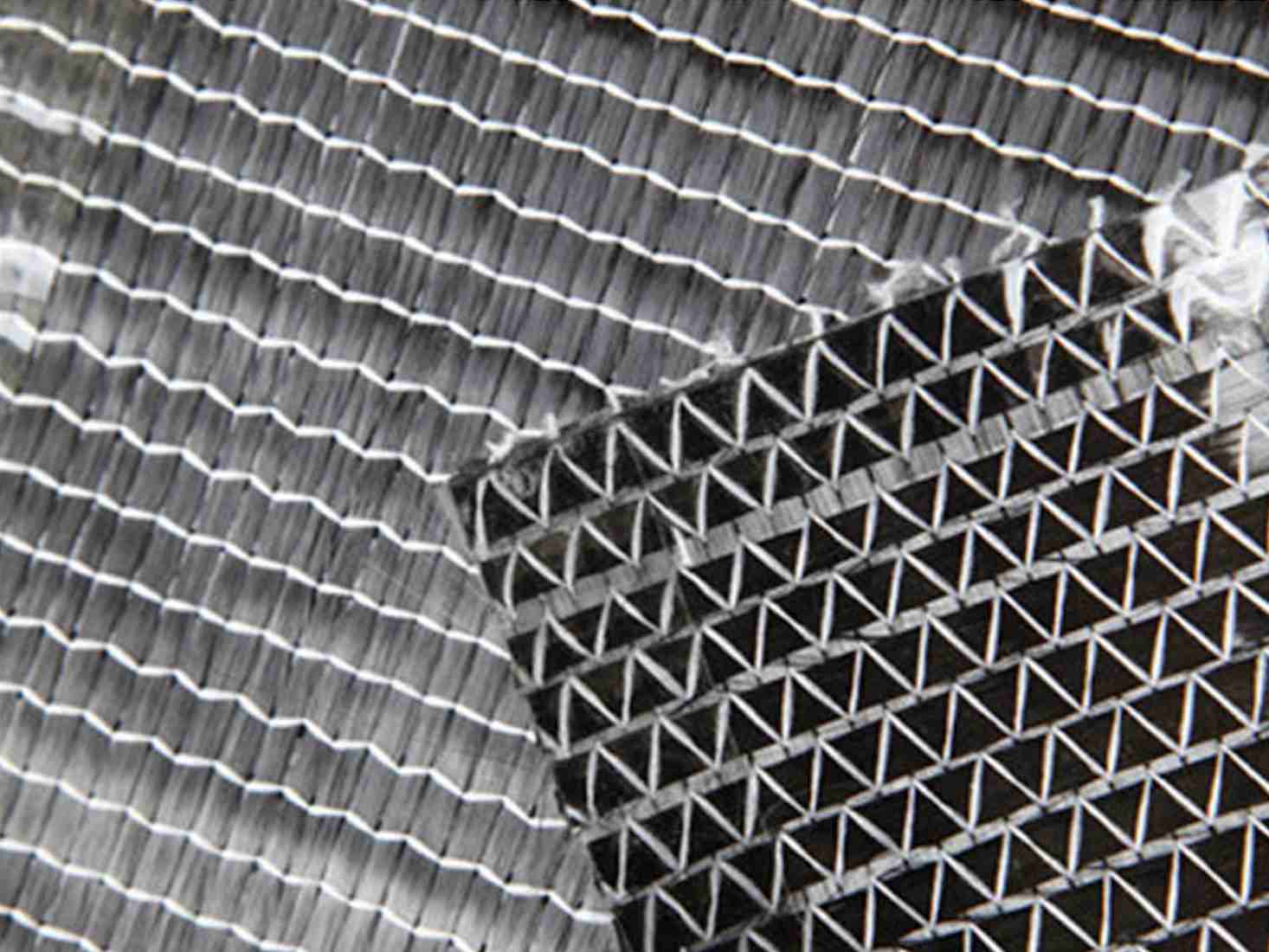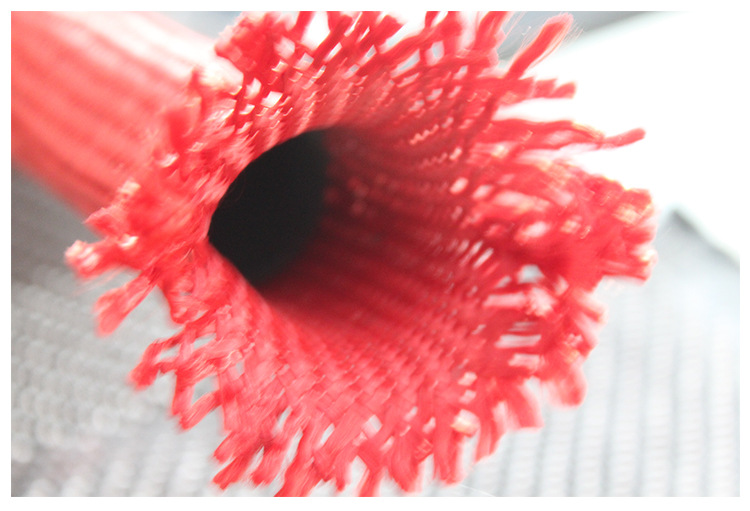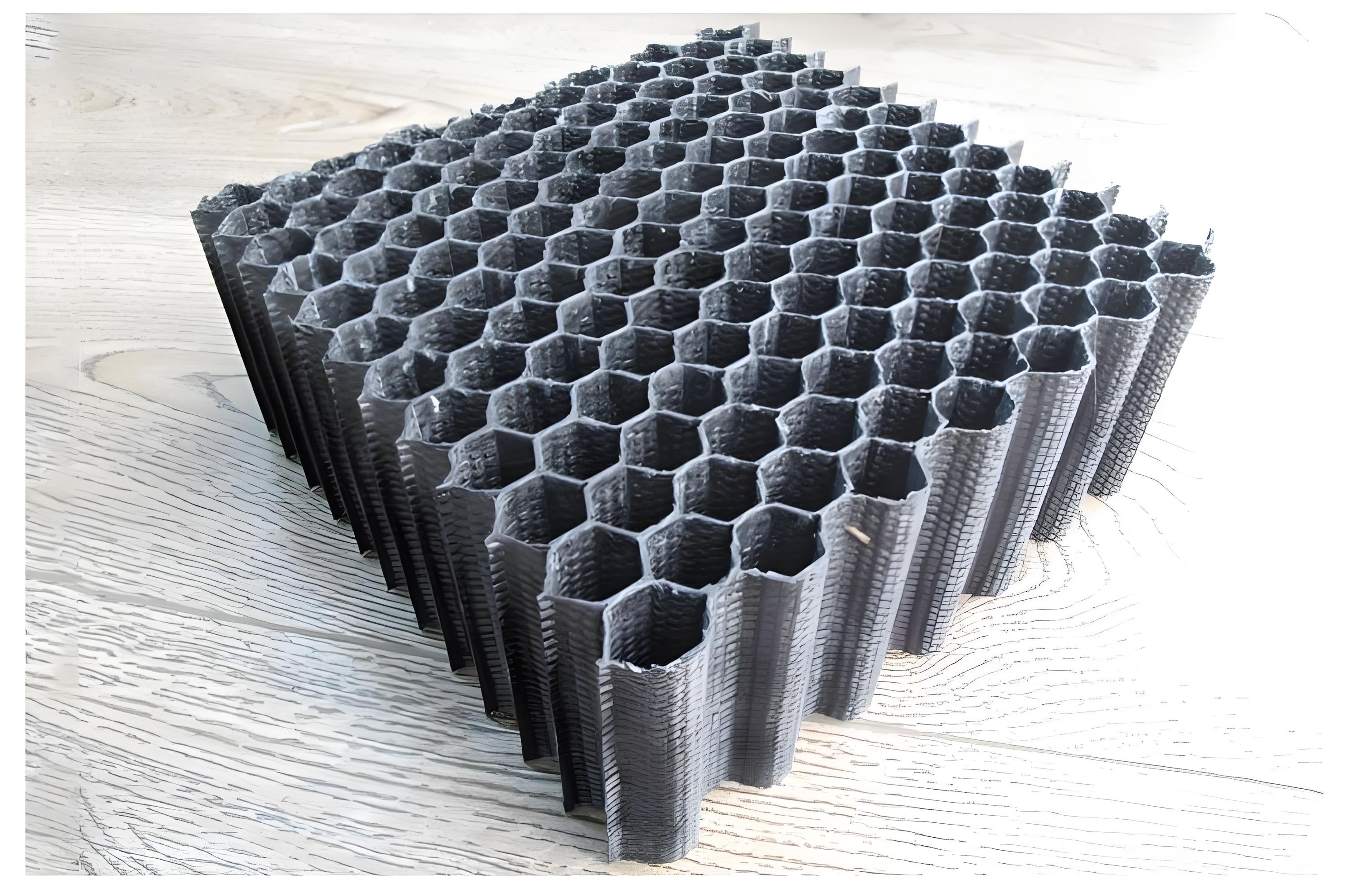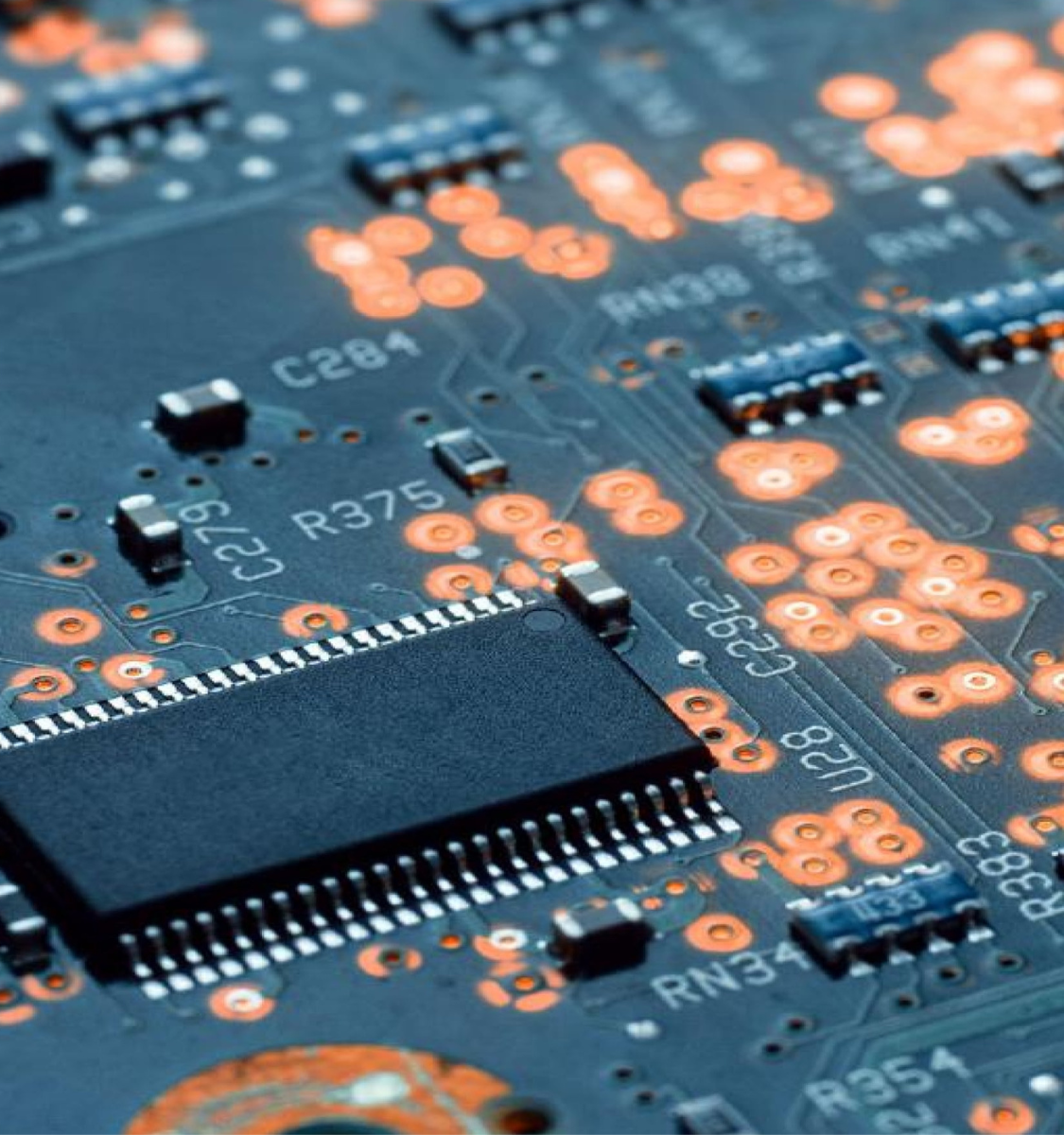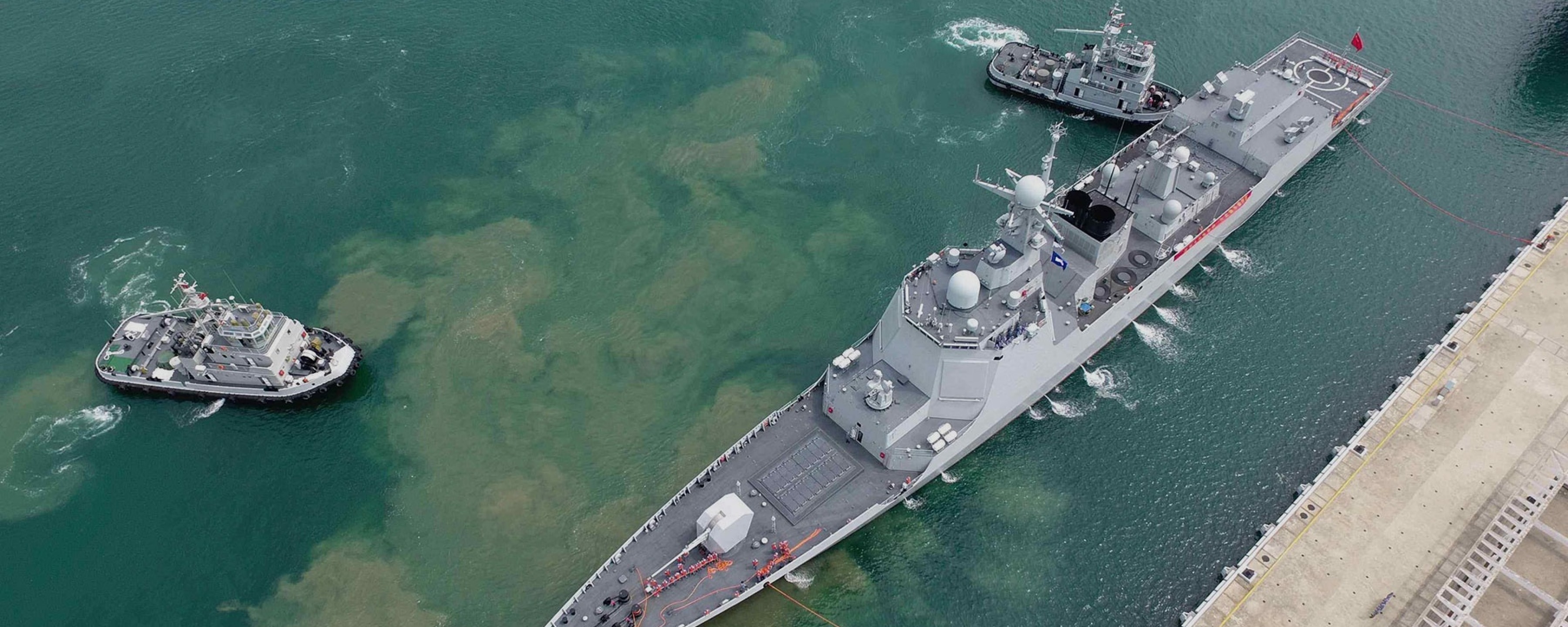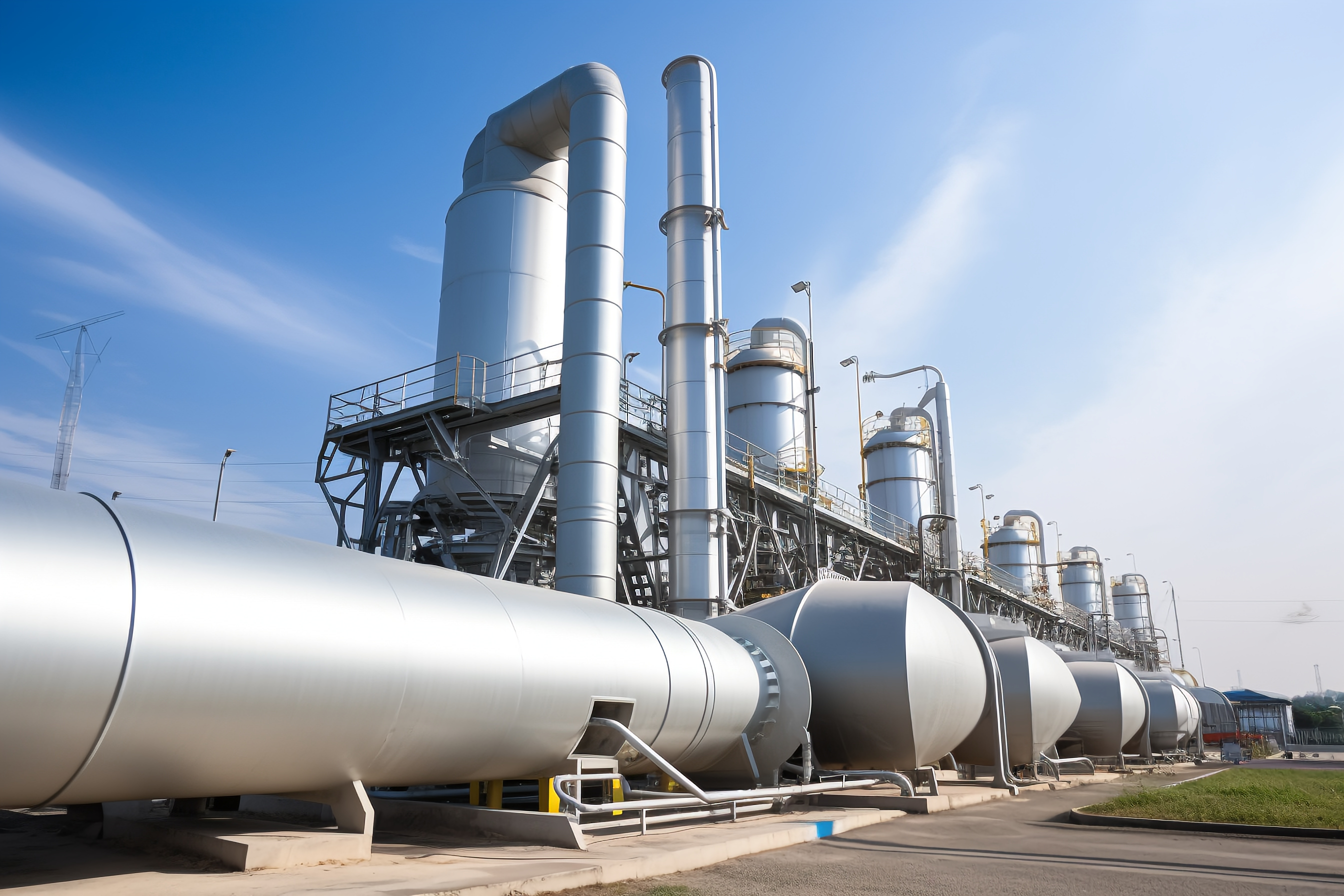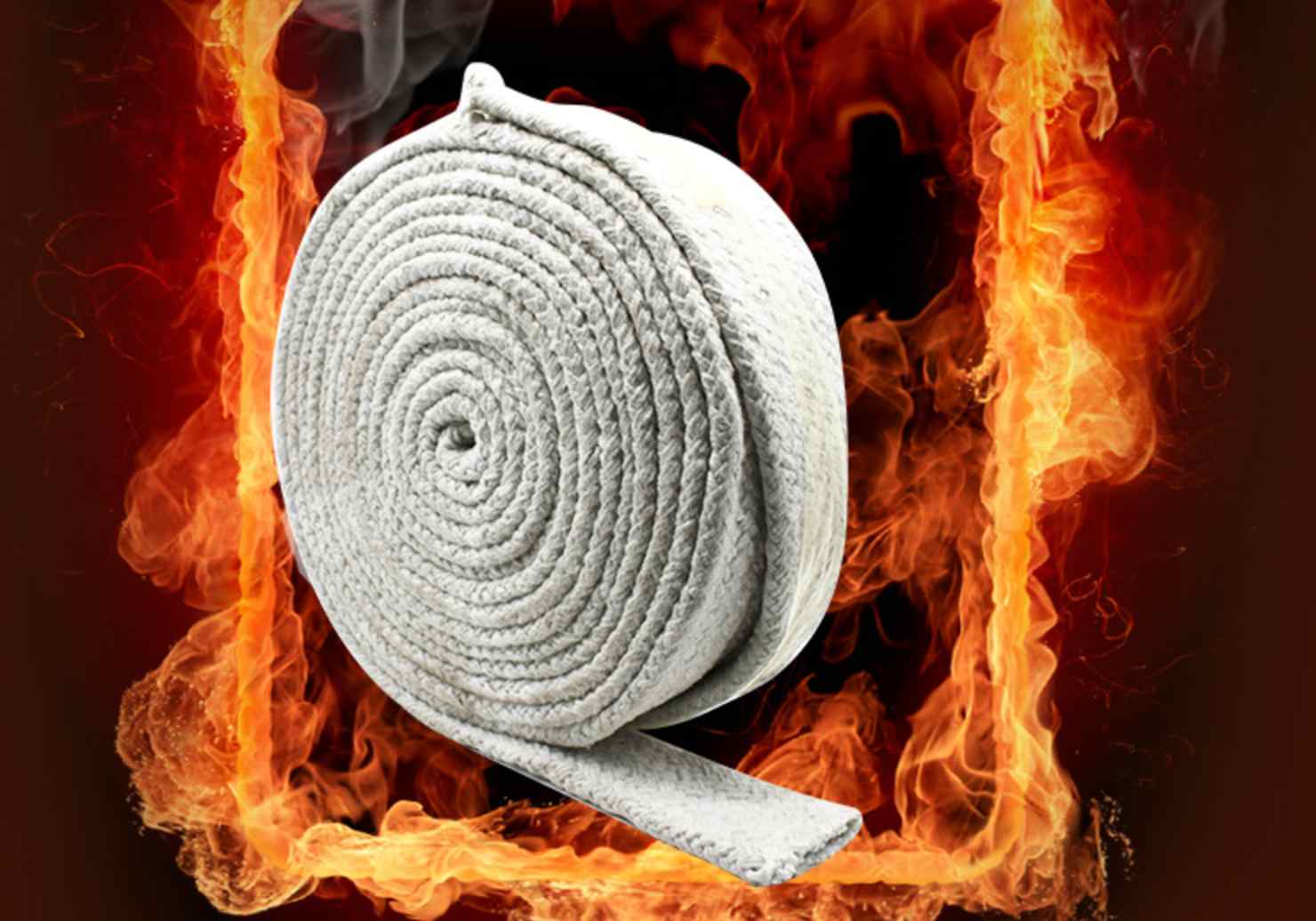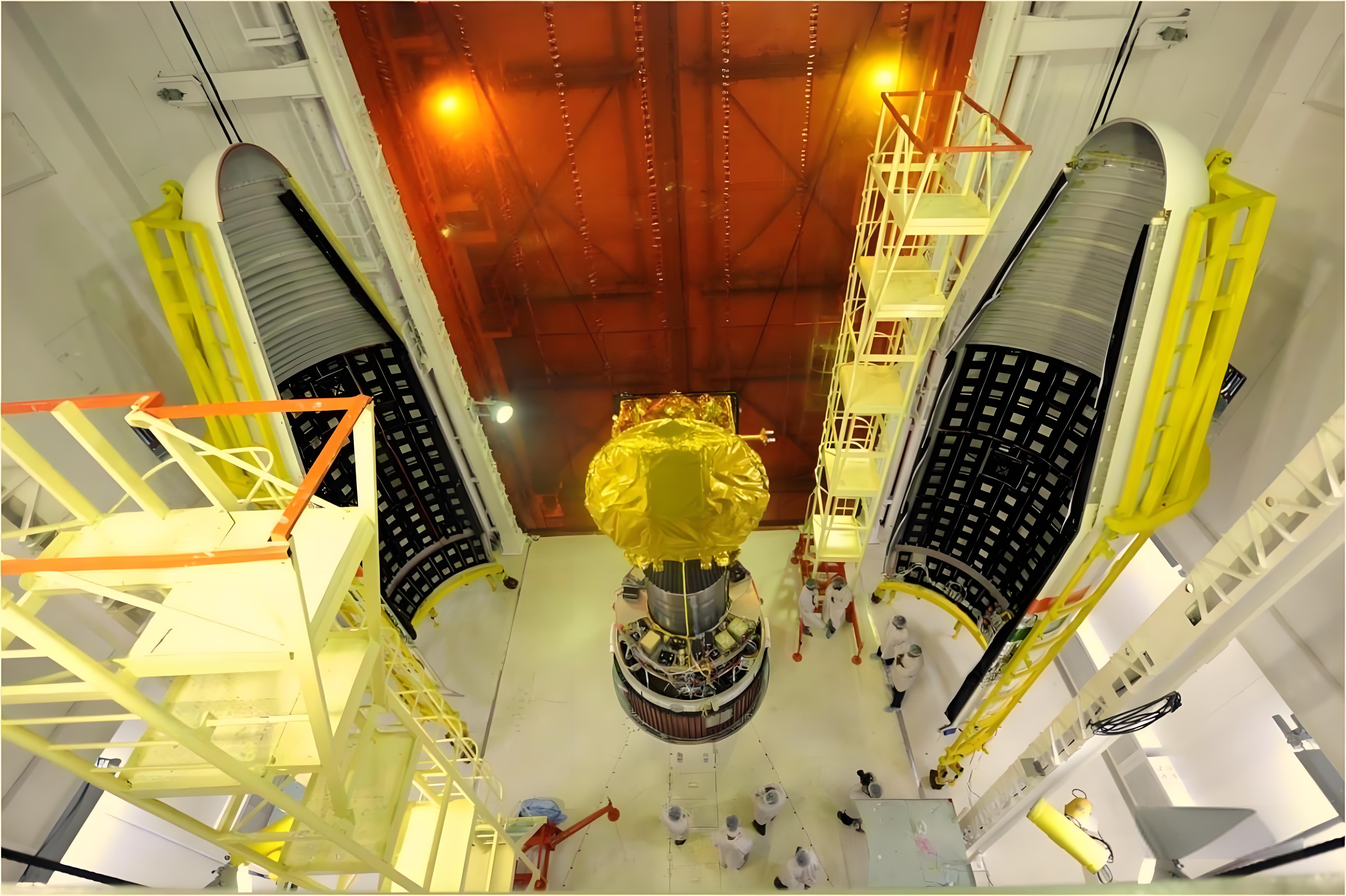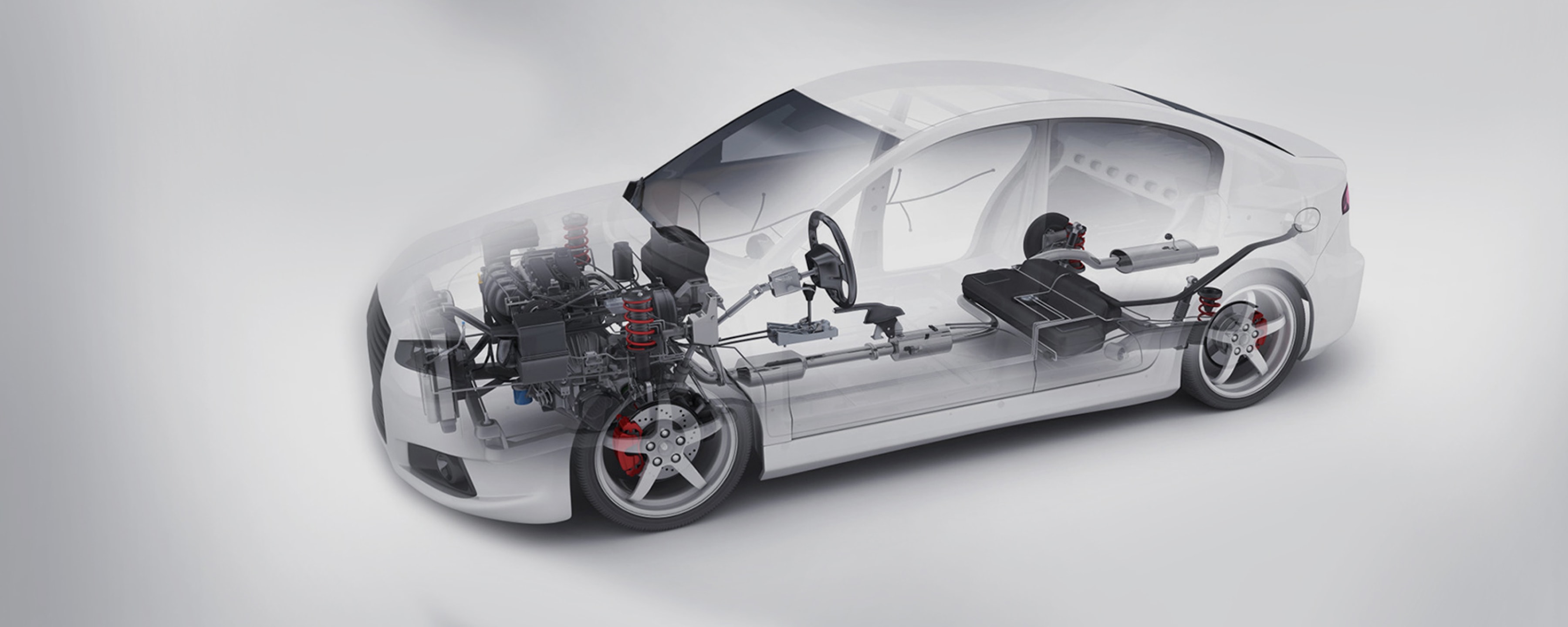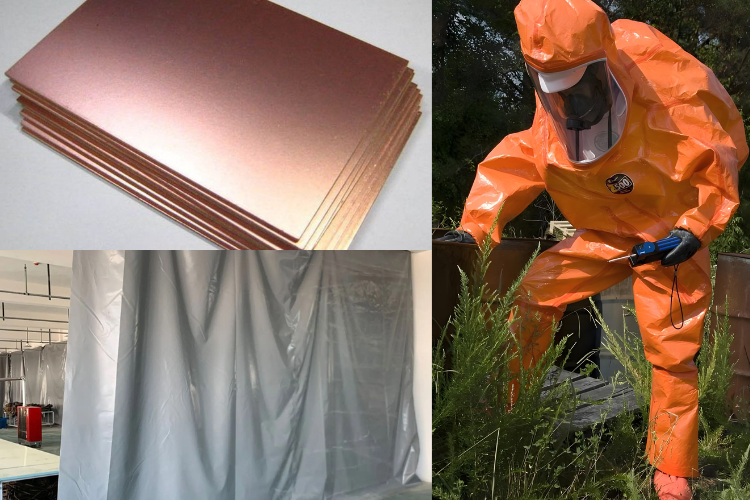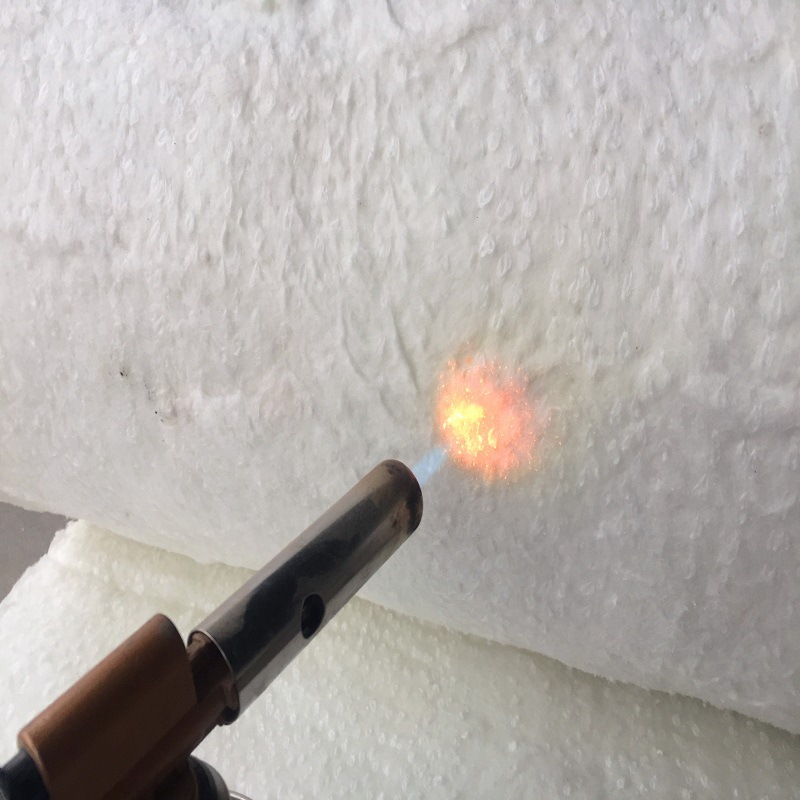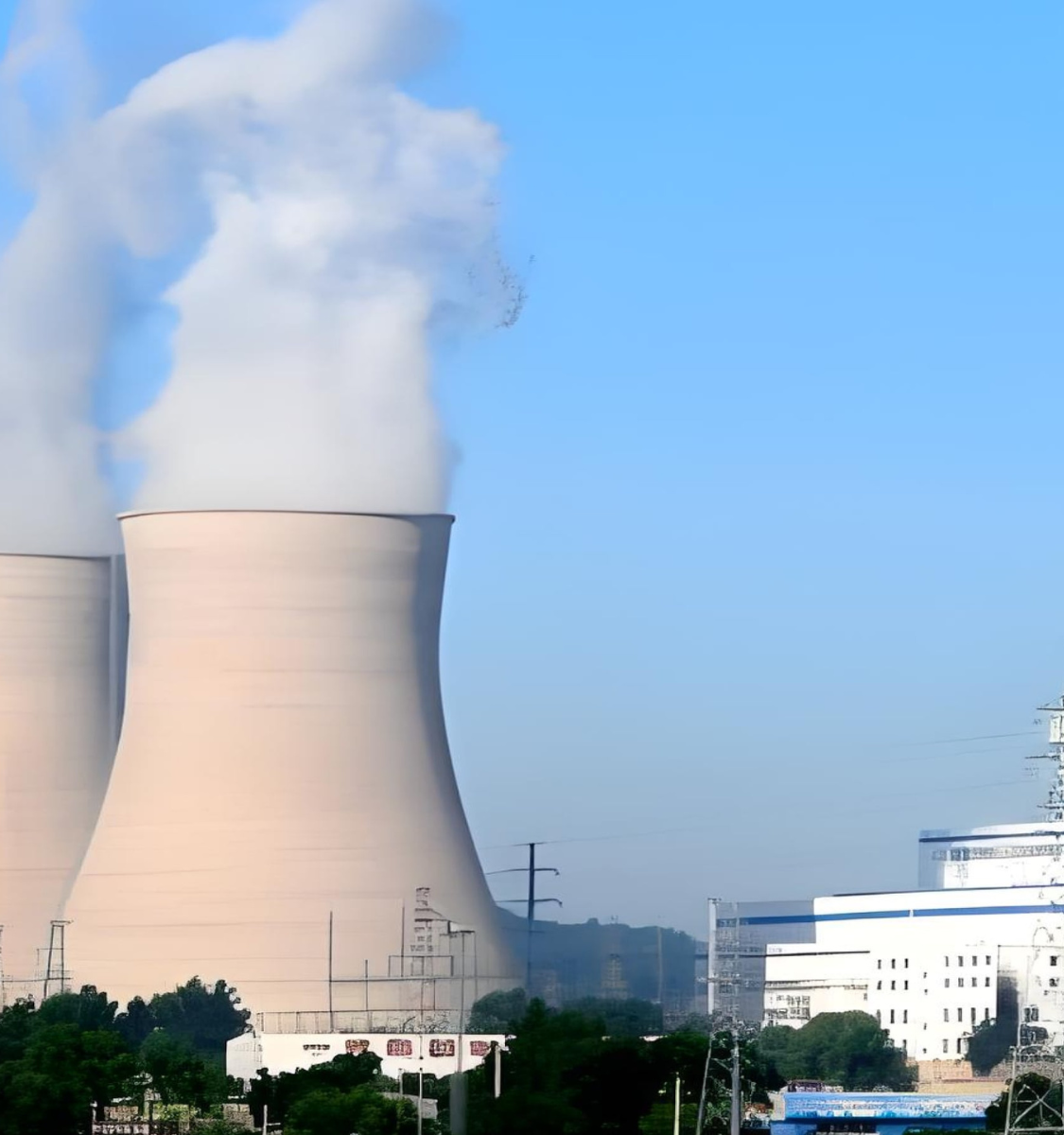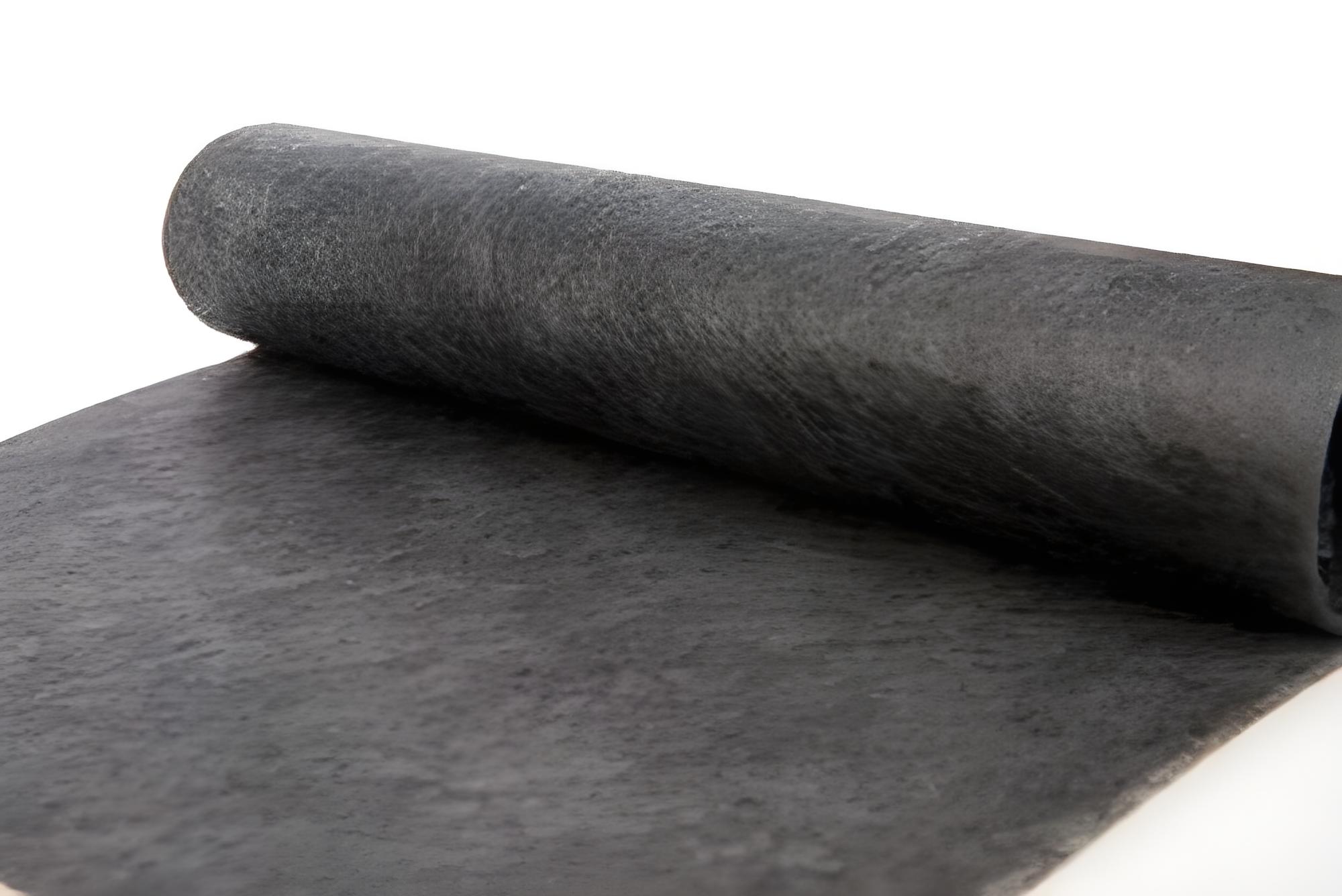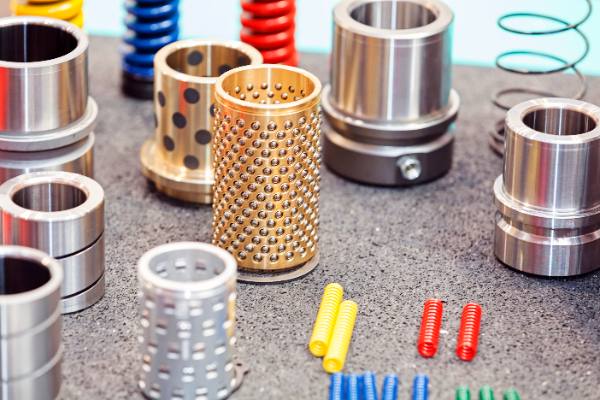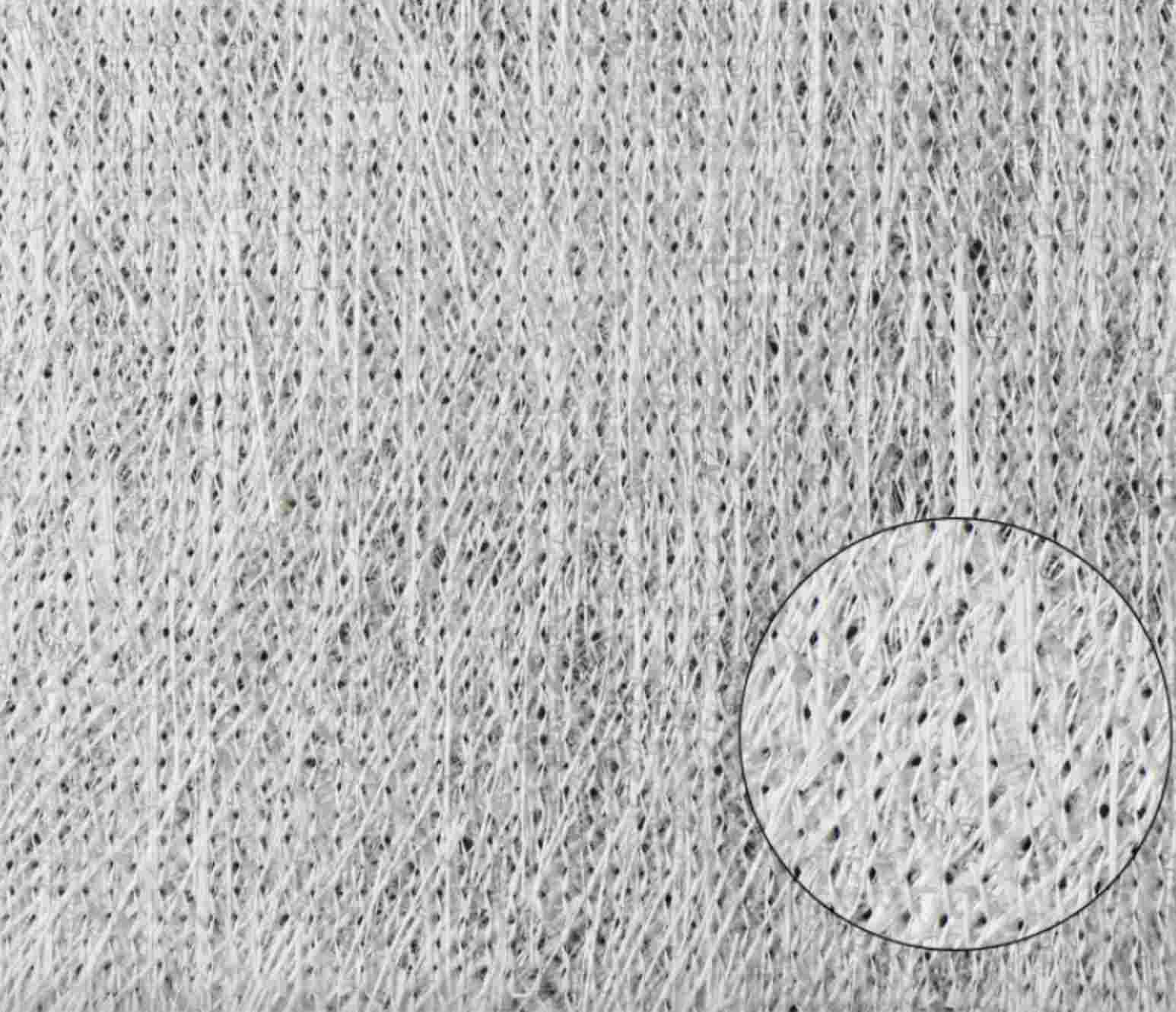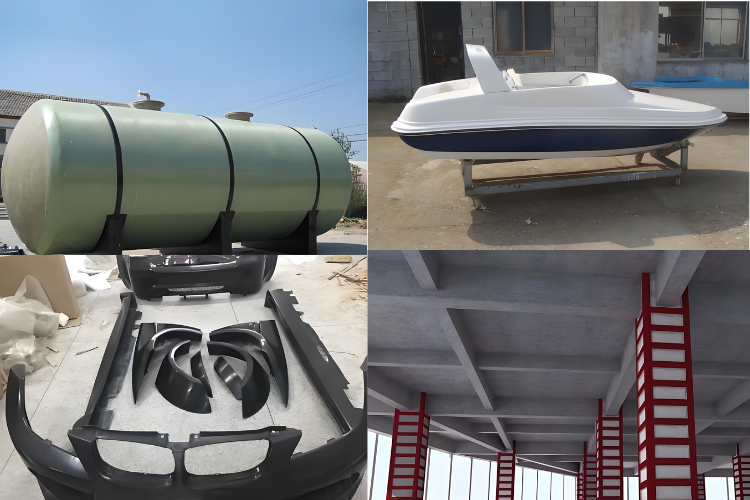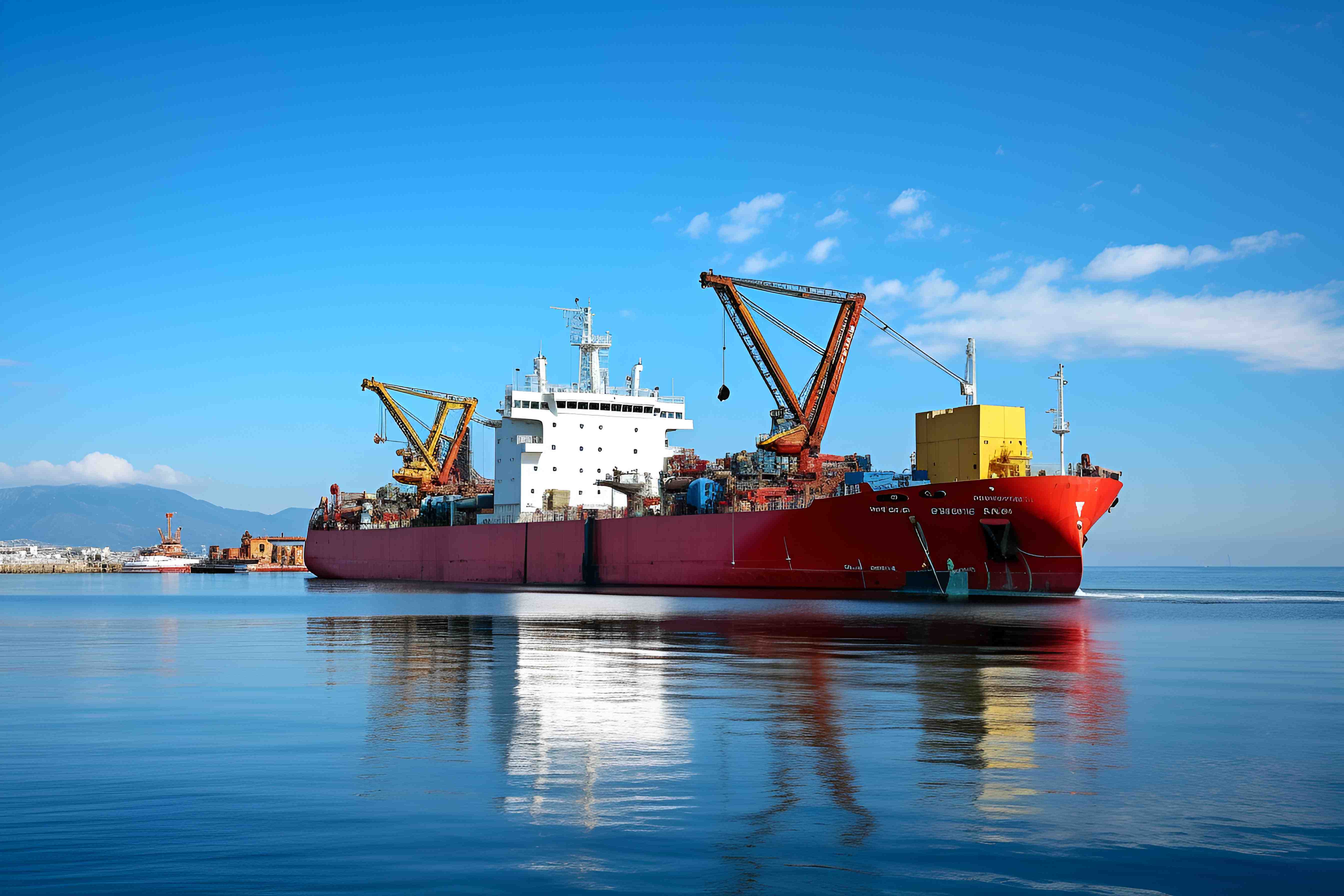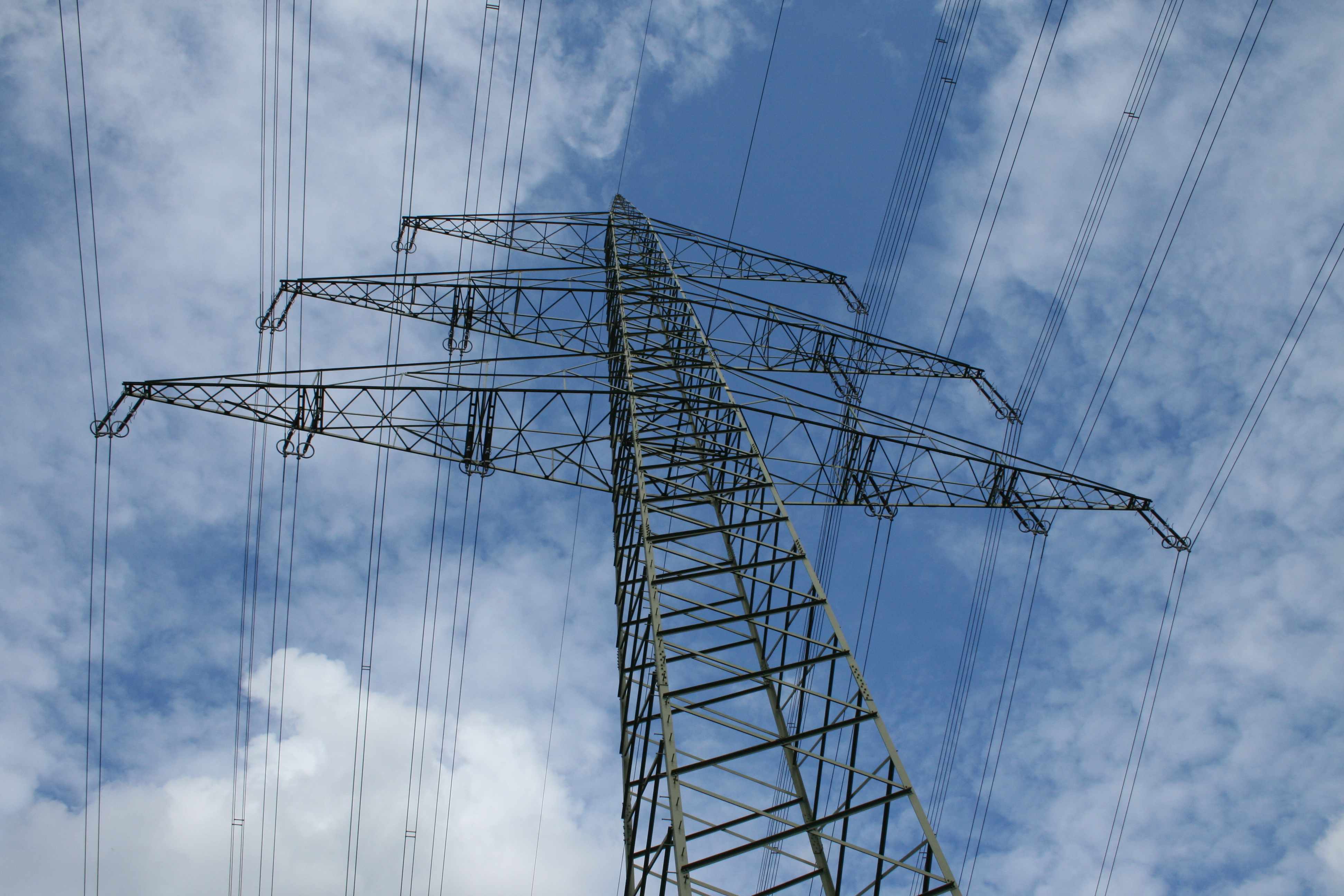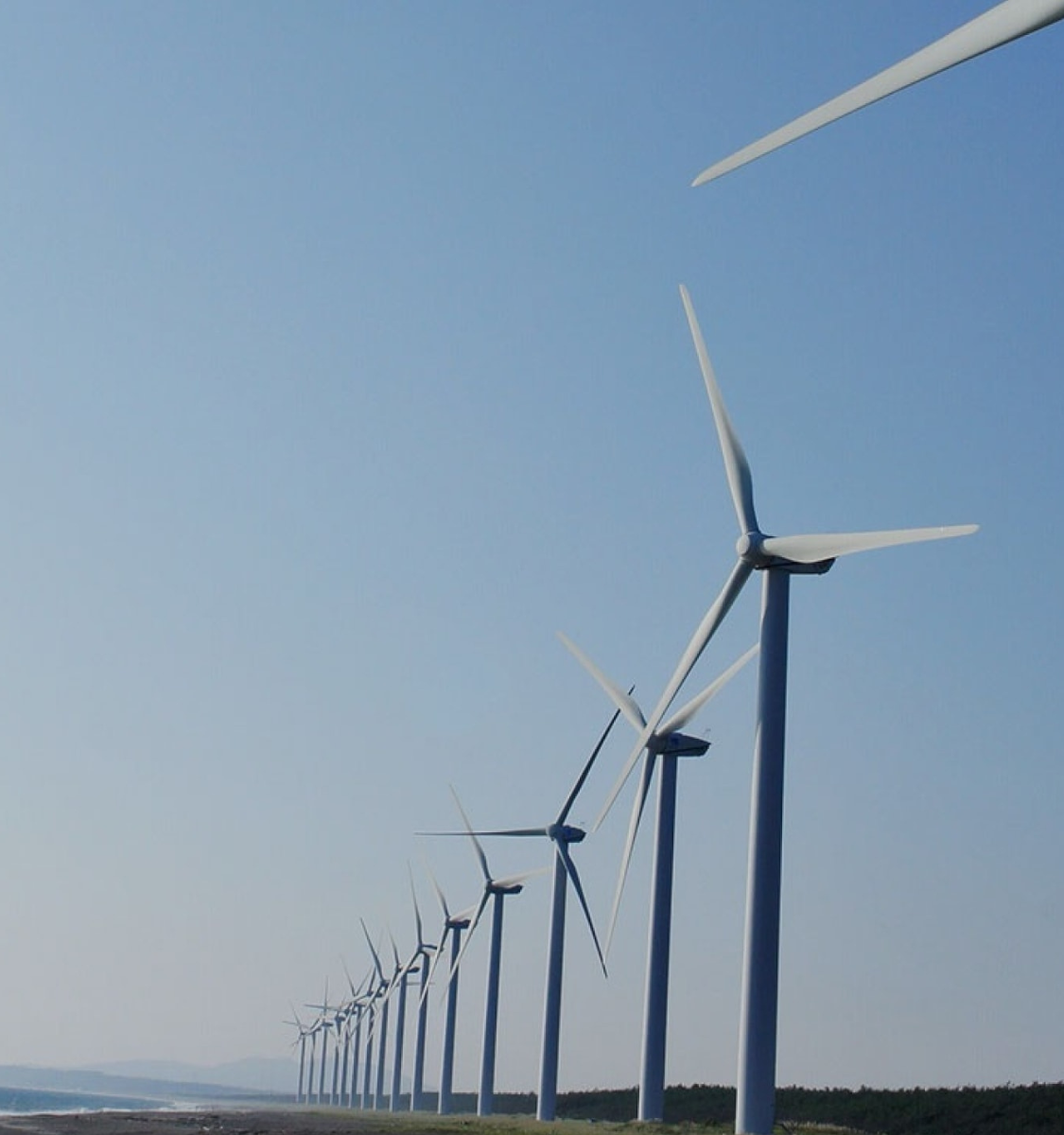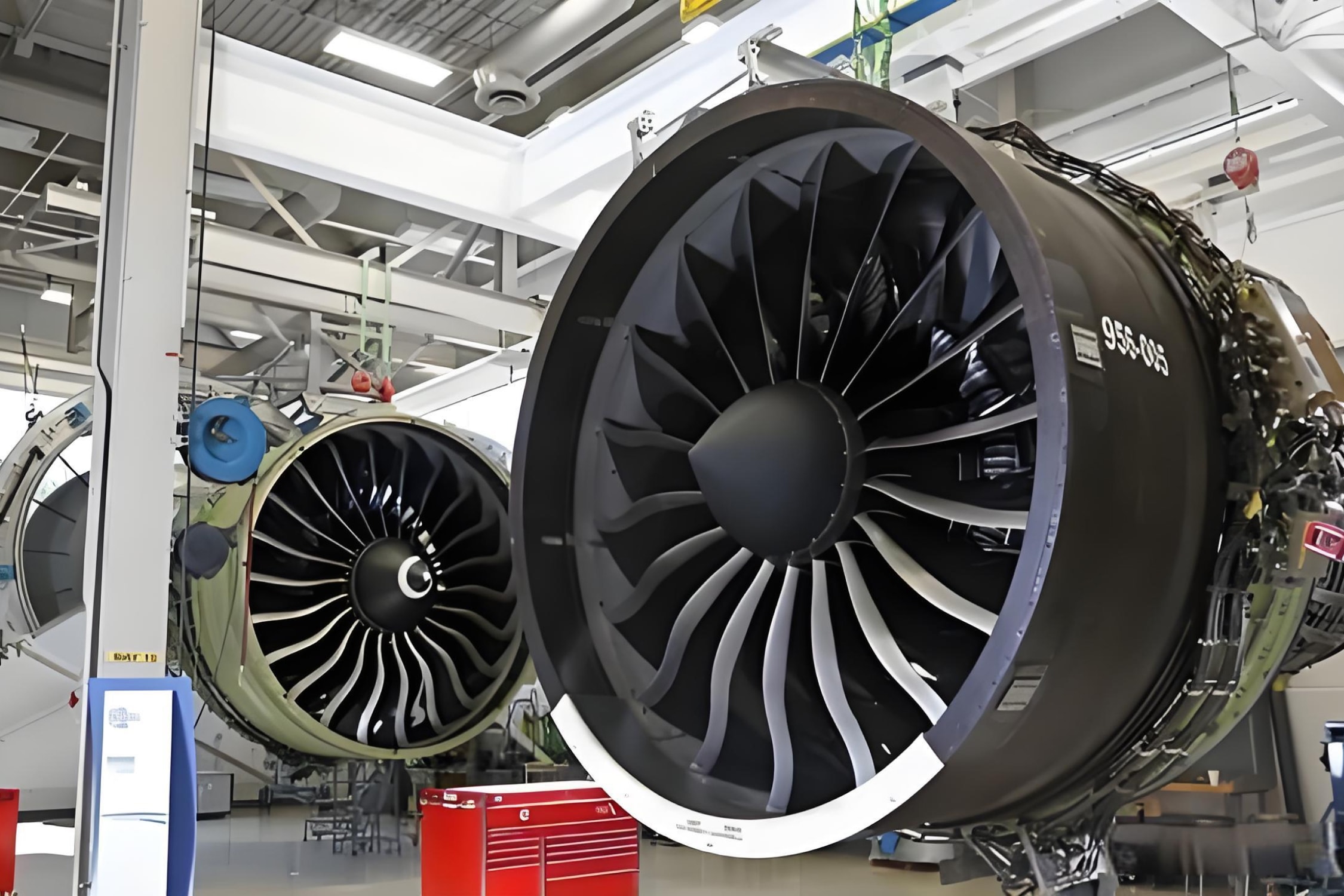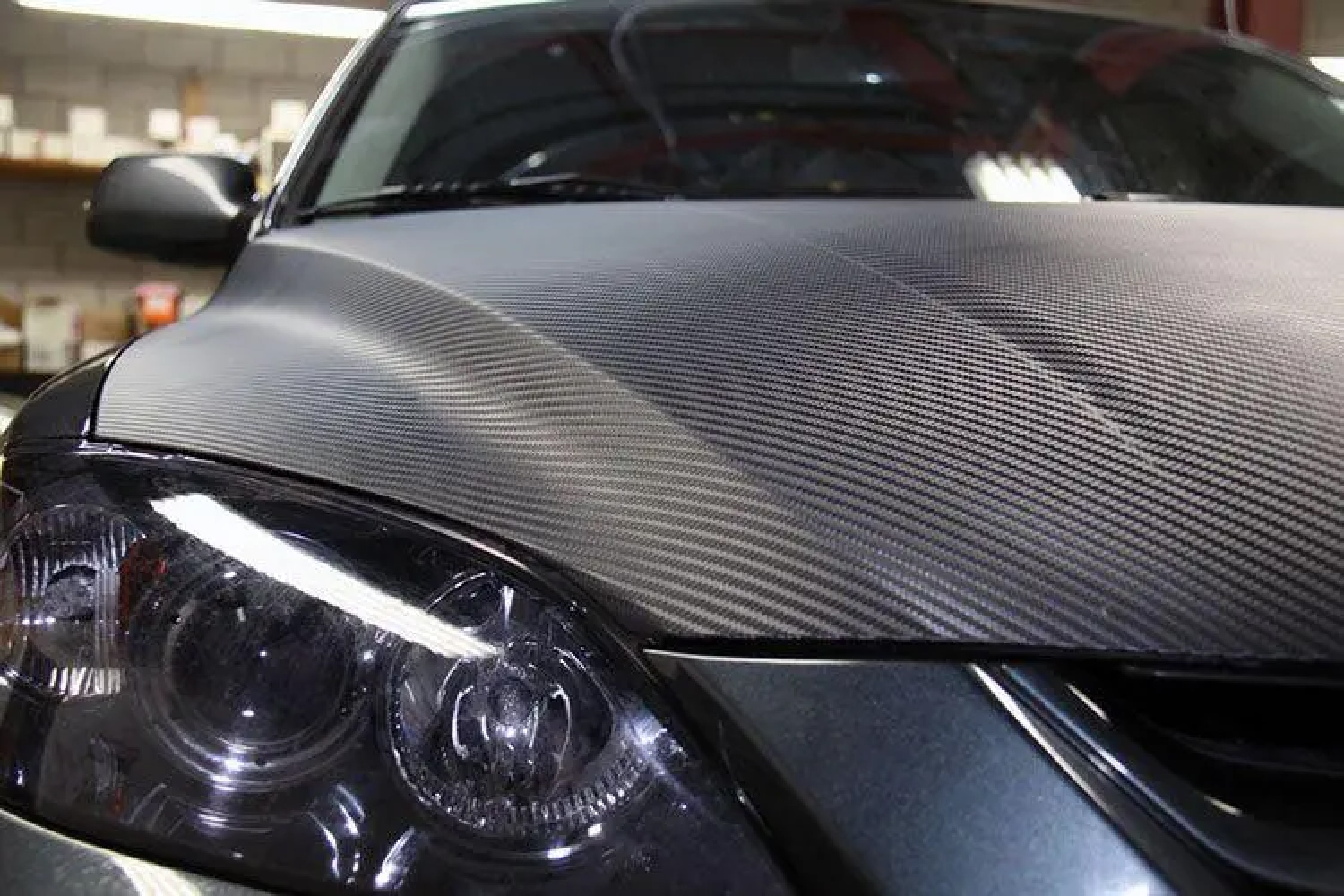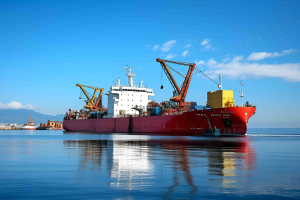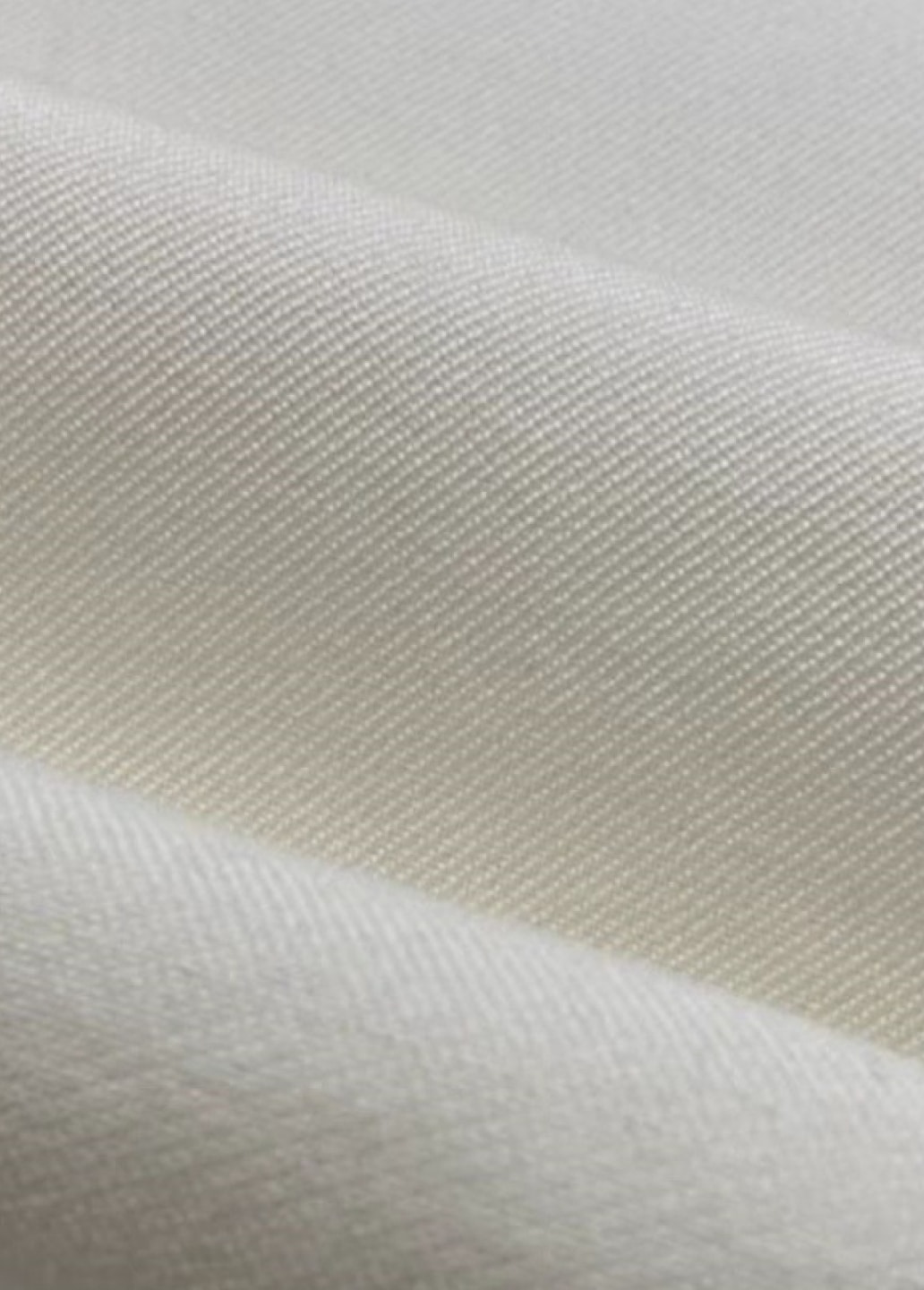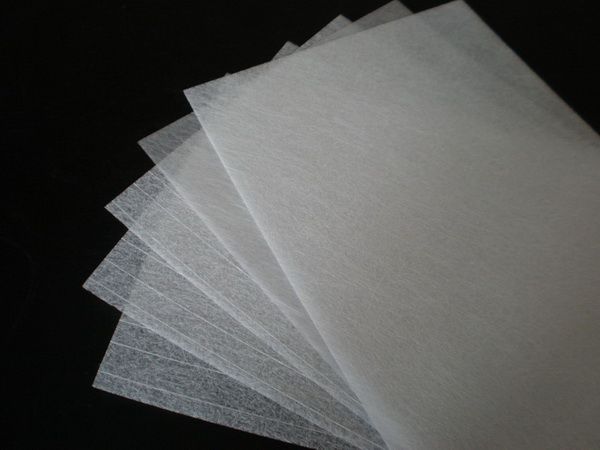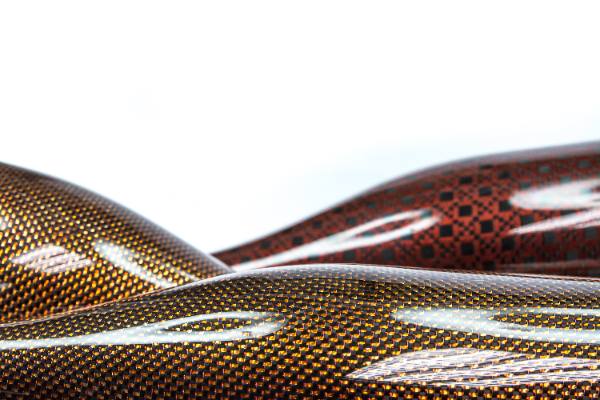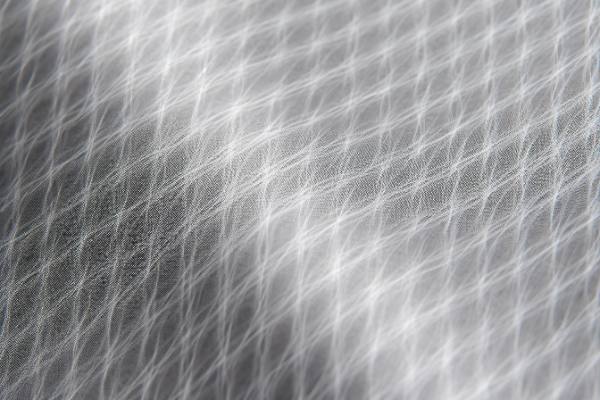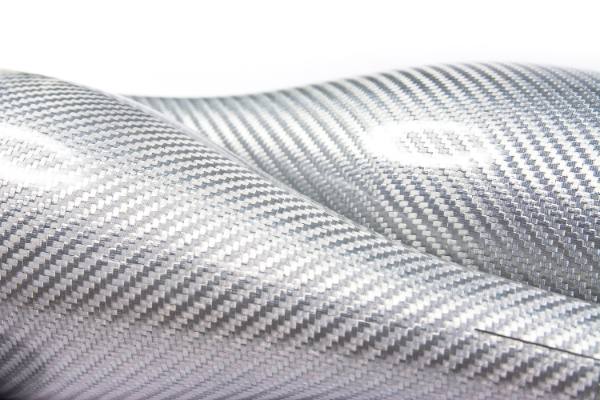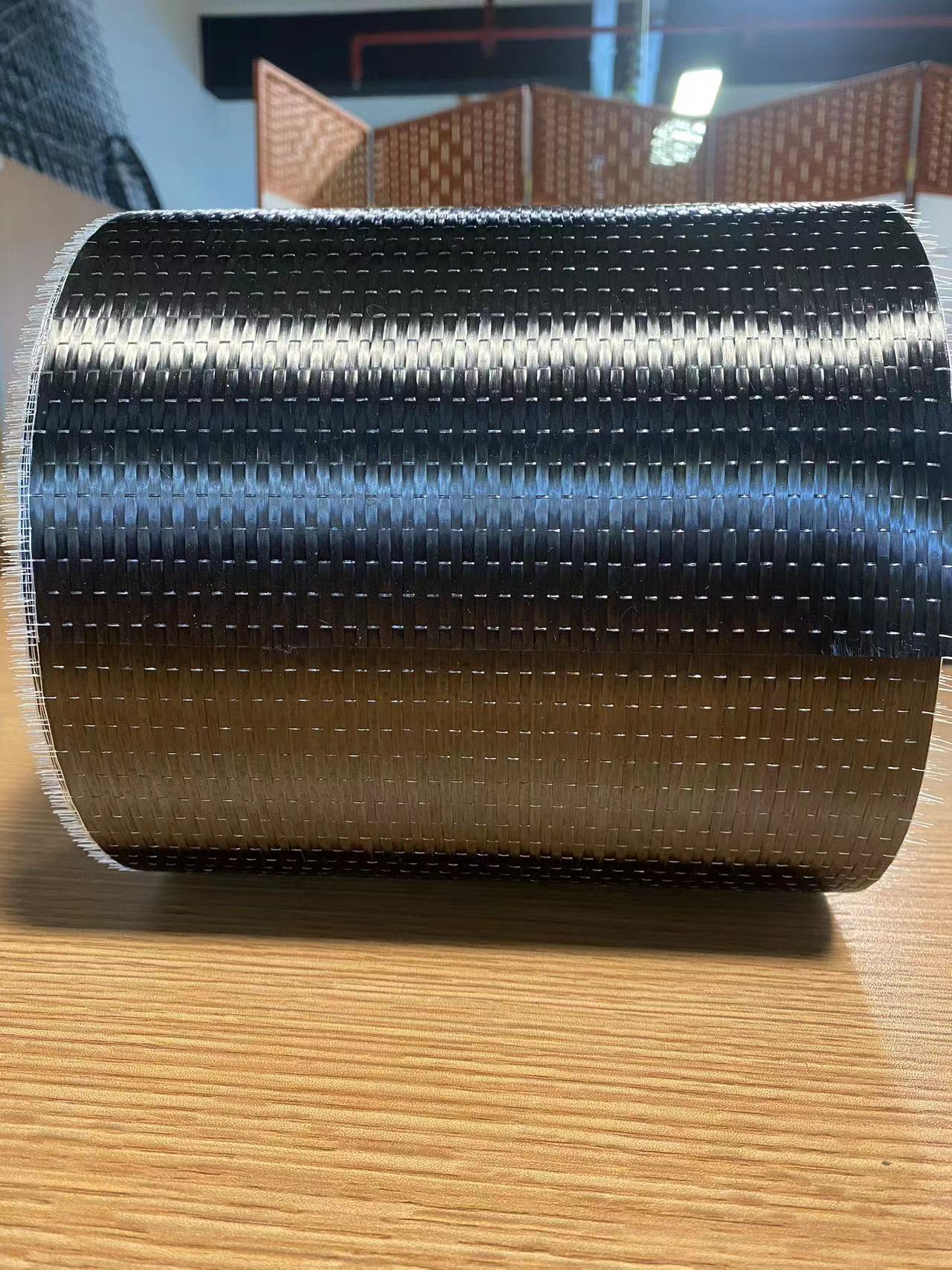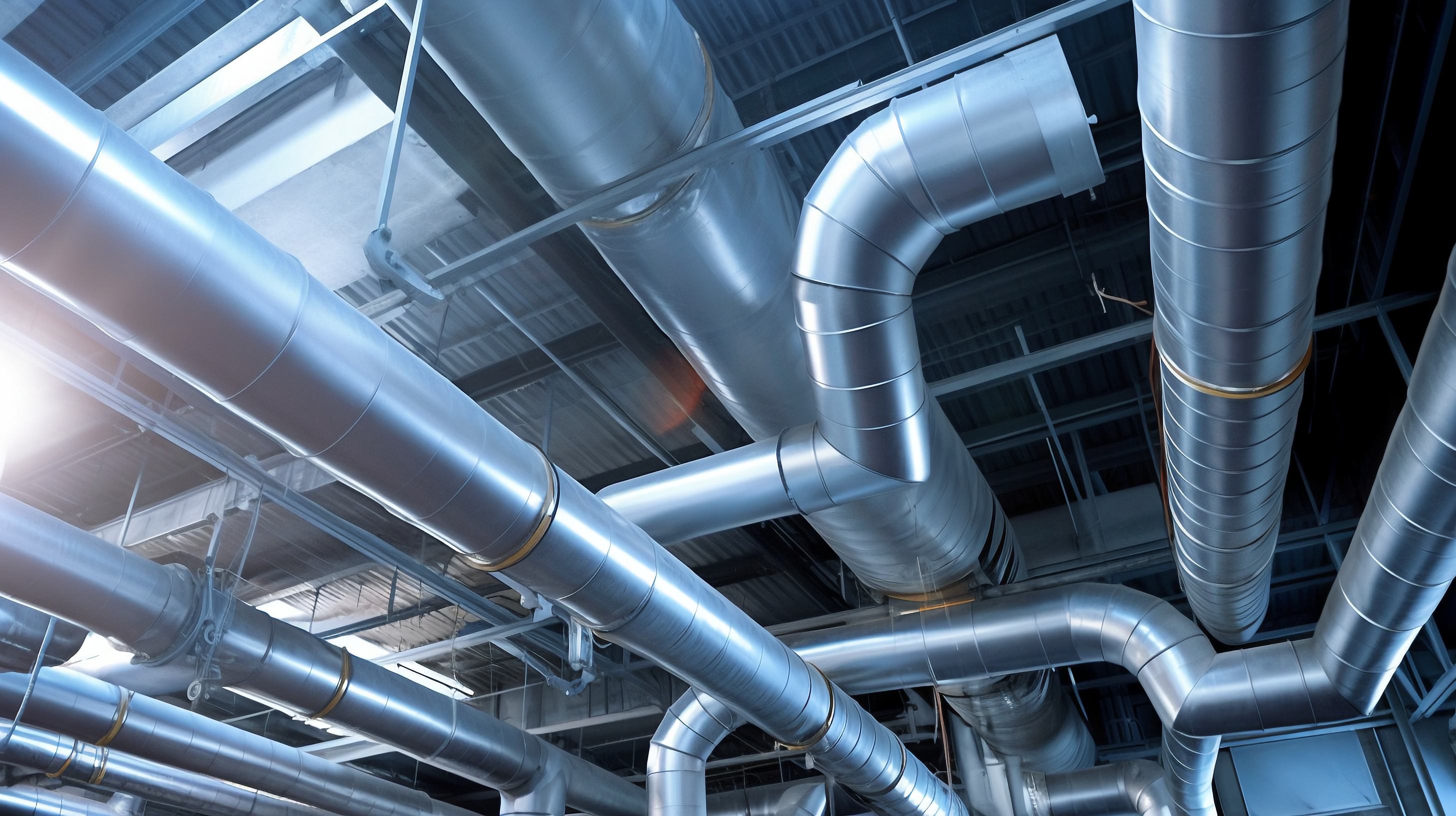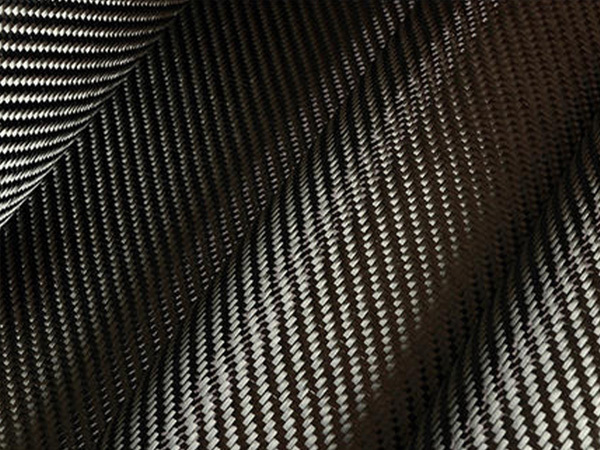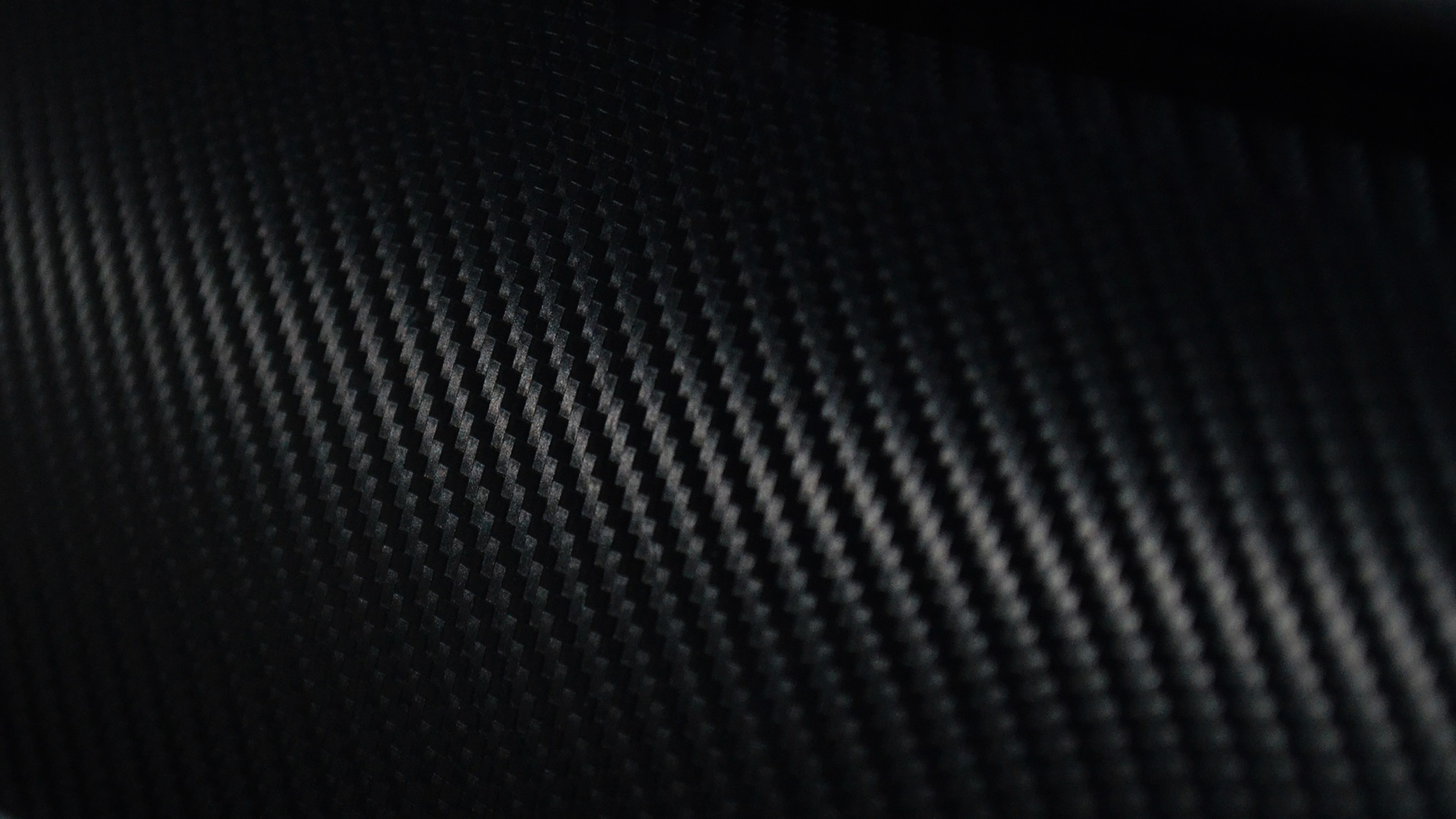+86-13732282311
merlin@xcellentcomposites.com
Let the world benefit from composite materials!
Exploring the Benefits of Ceramic Fiber Products in Industrial Applications
Explore the exceptional properties of ceramic fiber insulation, including its high thermal resistance, lightweight nature, and energy efficiency.
In today's industrial landscape, the demand for high-performance materials is on the rise. Among these materials, ceramic fiber material have gained significant attention for their exceptional properties and versatility. Particularly, ceramic fiber insulation has emerged as a preferred choice for various applications, thanks to its ability to withstand extreme temperatures, provide excellent thermal insulation, and contribute to energy efficiency. This blog delves into the many benefits of ceramic fiber products in industrial settings, exploring their applications, advantages, and future potential.
Introduction to Ceramic Fiber Products
Ceramic fibers are high-temperature insulating materials made from aluminosilicate or other inorganic materials. These fibers can withstand temperatures exceeding 1,600°C (2,912°F) and possess a low thermal conductivity, making them ideal for applications requiring thermal insulation. Commonly used in industries such as aerospace, automotive, power generation, and petrochemicals, ceramic fiber products include blankets, boards, ropes, and papers.
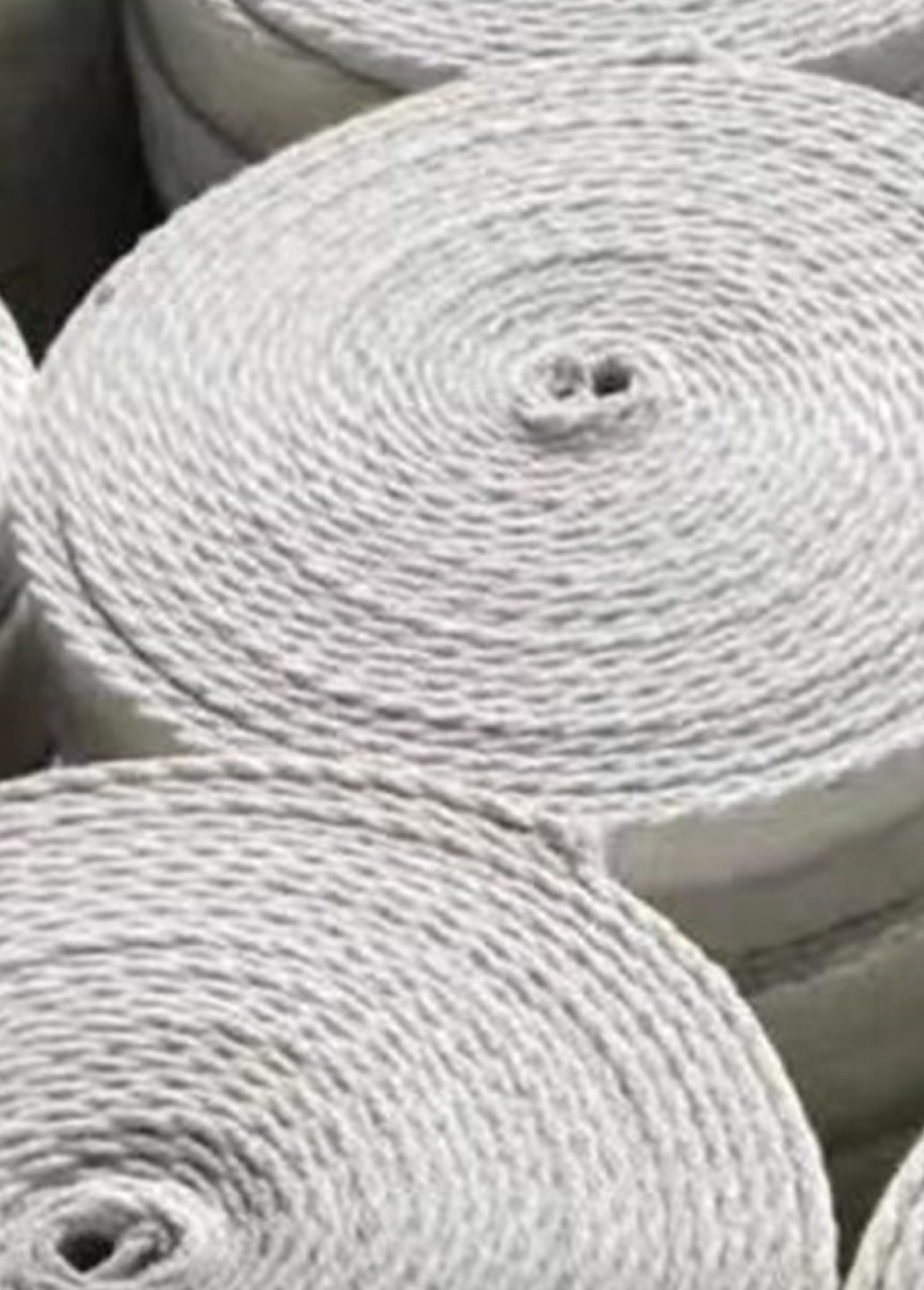
Key Properties of Ceramic Fiber Insulation
The unique properties of ceramic fiber insulation make it an essential material in various industrial applications:
1 High Thermal Resistance
One of the primary advantages of ceramic fiber products is their high-temperature resistance. They can endure extreme heat without degrading, which is crucial in industries such as metal processing and furnace manufacturing. This property allows for significant energy savings by maintaining the required temperature in kilns and ovens while preventing heat loss.
2 Low Thermal Conductivity
Ceramic fiber insulation has an exceptionally low thermal conductivity, which means it effectively minimizes heat transfer. This quality helps in maintaining consistent temperatures within equipment and processes, thereby enhancing overall efficiency.
3 Lightweight Nature
Ceramic fiber products are lightweight compared to traditional insulation materials. This characteristic not only simplifies handling and installation but also reduces the overall weight of equipment and structures, contributing to energy efficiency and cost savings in transportation and installation.
4 Chemical Resistance
Ceramic fibers exhibit excellent resistance to various chemicals, including acids and alkalis. This property makes them suitable for environments where they may come into contact with harsh chemicals, such as in chemical processing plants and refineries.
5 Low Shrinkage at High Temperatures
Unlike some traditional insulation materials, ceramic fiber insulation shows minimal shrinkage at elevated temperatures. This stability helps maintain insulation integrity and effectiveness over time, even under extreme conditions.
Applications of Ceramic Fiber Products in Industry
Ceramic fiber products find diverse applications across multiple industries, owing to their advantageous properties:
1 Aerospace Industry
In the aerospace sector, ceramic fiber insulation is utilized in various components, including engine parts, heat shields, and insulation for aircraft interiors. Its ability to withstand high temperatures and provide lightweight insulation is critical for enhancing aircraft performance and safety.
2 Automotive Industry
Ceramic fiber products are employed in automotive applications, particularly in exhaust systems and under-hood insulation. They help manage heat within the engine compartment, improving performance while protecting sensitive components from high temperatures.
3 Power Generation
In power plants, ceramic fiber insulation is crucial for maintaining the efficiency of boilers, turbines, and furnaces. By minimizing heat loss, these products contribute to energy savings and improve the overall efficiency of power generation systems.
4 Petrochemical Industry
Ceramic fiber insulation plays a significant role in the petrochemical sector, where it is used in reactors, distillation columns, and storage tanks. Its resistance to chemical corrosion and high temperatures makes it ideal for maintaining process stability and safety.
5 Manufacturing and Metal Processing
In manufacturing and metal processing, ceramic fiber products are used in kilns, furnaces, and heat treatment processes. They provide effective thermal insulation, enhancing energy efficiency and product quality.
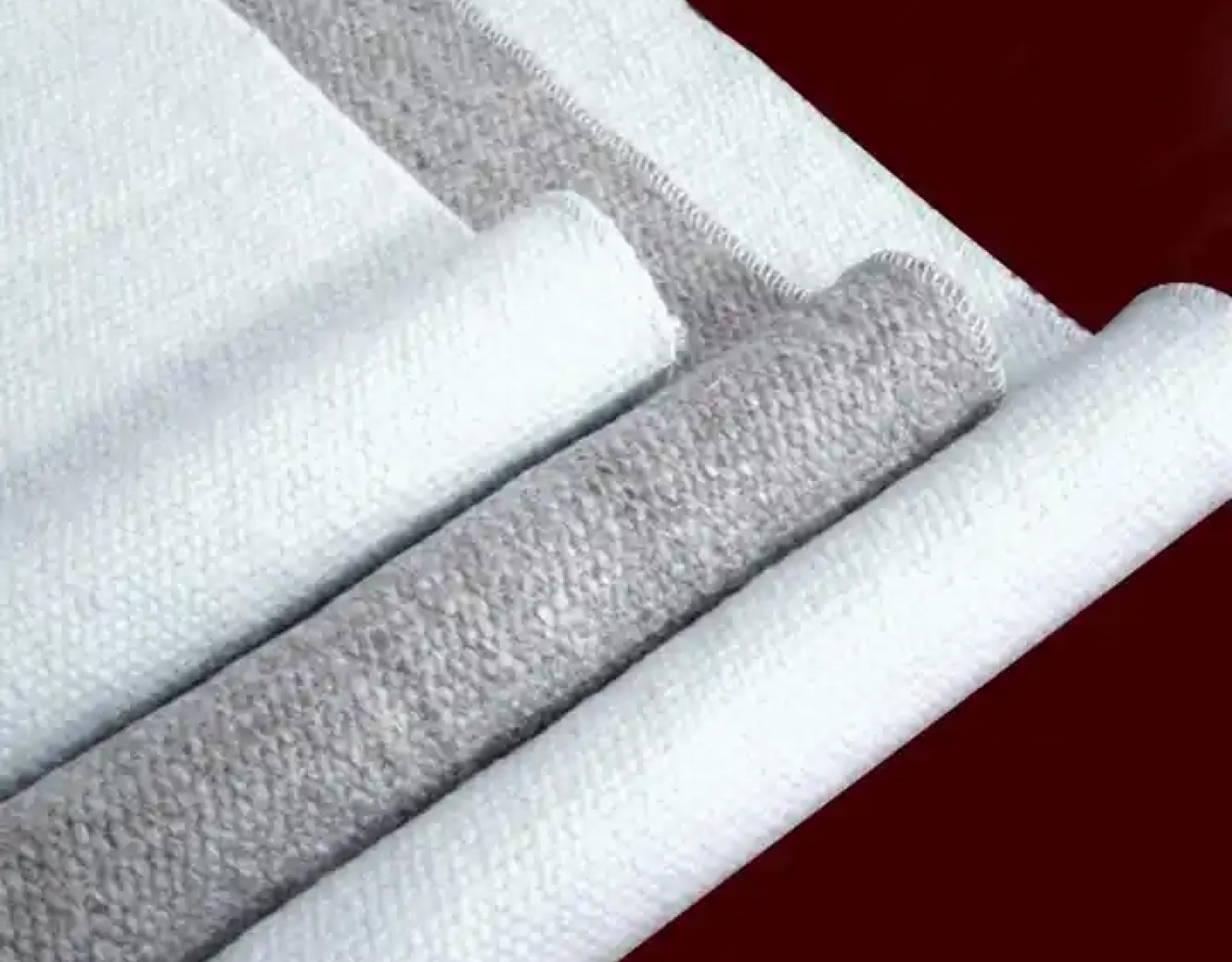
Advantages of Using Ceramic Fiber Insulation
The benefits of ceramic fiber insulation extend beyond mere performance:
1 Energy Efficiency
By minimizing heat loss, ceramic fiber products contribute to significant energy savings in industrial processes. Lower energy consumption translates into reduced operational costs, making them a cost-effective solution for industries.
2 Enhanced Safety
The use of ceramic fiber insulation improves safety in industrial environments. By effectively managing temperatures, these materials reduce the risk of overheating and potential fires, contributing to a safer workplace.
3 Environmentally Friendly
Ceramic fiber products are often considered more environmentally friendly compared to traditional insulation materials. Their longevity and energy-saving properties can help reduce the overall carbon footprint of industrial operations.
4 Versatility
Ceramic fiber insulation is available in various forms, including blankets, boards, and custom shapes. This versatility allows for easy integration into different applications and makes it suitable for a wide range of industries.
5 Cost-Effectiveness
While the initial investment in ceramic fiber products may be higher than traditional materials, their durability, low maintenance costs, and energy savings often lead to lower total lifecycle costs. This makes them a wise investment for many industrial applications.
Challenges and Considerations
Despite their numerous advantages, there are some challenges associated with the use of ceramic fiber products:
1 Health Concerns
Ceramic fibers can pose health risks if inhaled. It is crucial for manufacturers and workers to follow safety guidelines and regulations during installation and handling to mitigate these risks. Proper protective equipment should be worn, and ventilation should be ensured in workspaces.
2 Cost of Materials
While ceramic fiber products can be cost-effective in the long run, the initial purchase price may deter some businesses, particularly small enterprises. It is essential to weigh the long-term benefits against the upfront costs when considering insulation options.
3 Installation Expertise
Installing ceramic fiber insulation requires skilled labor to ensure proper application. Companies may need to invest in training or hire experienced professionals, which can add to the overall project cost.
Future Trends in Ceramic Fiber Products
The future of ceramic fiber products looks promising, with several trends shaping their development:
1 Innovations in Material Science
Ongoing research in material science is likely to lead to the development of even more advanced ceramic fiber products. Innovations may focus on enhancing thermal performance, reducing weight, and improving sustainability.
2 Growing Demand in Renewable Energy
As industries shift toward renewable energy sources, the demand for high-performance insulation materials will continue to rise. Ceramic fiber products will play a vital role in supporting the efficiency and reliability of renewable energy systems, such as solar thermal applications and biomass energy production.
3 Increased Adoption of Lightweight Materials
With a growing emphasis on lightweight materials across various industries, the popularity of ceramic fiber products is expected to increase. Their lightweight nature, combined with high thermal performance, makes them ideal for applications in aerospace, automotive, and beyond.
4 Enhanced Recycling and Sustainability Practices
The industry is increasingly focusing on sustainability and reducing waste. Future developments in ceramic fiber products may include recycling initiatives and the use of eco-friendly raw materials, aligning with global sustainability goals.
Conclusion
Ceramic fiber products represent a significant advancement in insulation technology, offering numerous benefits across various industrial applications. Their exceptional thermal resistance, low thermal conductivity, and lightweight nature make them invaluable in enhancing energy efficiency, safety, and overall performance in demanding environments.
As industries continue to evolve and face new challenges, the role of ceramic fiber insulation will undoubtedly expand. By investing in these innovative materials, companies can not only improve their operational efficiency but also contribute to a more sustainable future. As we explore the vast potential of ceramic fiber products, it becomes clear that their benefits extend far beyond mere insulation—they are essential components of modern industrial processes.
Popular Composite Materials
Popular Composite Materials
Composites Knowledge Hub
Composites Knowledge Hub

